Psst! Take a moment and think about this: ever since you started using a smartphone, how much of your personal data have you handed over to apps, websites, and basically anyone who asked? All for free — without really understanding why they all needed that much data in the first place?
To save yourself the headache of guessing, just check your Google account’s password history — you’ll get a pretty good idea of how much data about yourself you’ve handed out.
Fair warning: you might feel like clawing your eyes out when you see the sheer volume.
That's a lot, isn’t it? The harsh truth is that web2 systems thrive on our sensitive data — details that reveal who we are — while operating on centralized models that don’t exactly prioritize privacy or confidentiality.
We know the result of giving away private data to centralized identity management systems: breaches — excuses — more breaches, espionage, non-ratified monetization of user data, identity theft, and so many other single points of failure.
Centralized identity management systems are just that bad at keeping personal data safe.
Another area where concern can be raised on centralized identity management systems is the current rise of artificial intelligence (AI) and the proliferation of bots.
An example of this acceleration can be seen in the below X post where Andy Ayrey, the creator of Truth Terminal (TT), an AI agent, suggested the possibilities of legalizing TT's existence as a legal person — not just a legal person but also a wealthy, legitimate person.

We're not suggesting you dash to the store and max out your credit card for doomsday prep because AI might soon be everywhere, possessing the same fundamental human rights as you possess.
However, I agree that it is indeed worth raising an eyebrow — or both — at how razor-thin the line between reality and deception would become, both online and offline.
With imitations, forgeries, and increasingly unsettling cases of identity theft creeping into the mainstream, it’s a worrisome sign of the times.
Given these flaws, decentralized technologies emerge as a compelling alternative for managing data — especially data tied to human identity. Unlike traditional systems, decentralized frameworks reduce, if not eliminate, single points of failure while significantly enhancing privacy protections.
At its core, decentralization empowers users by giving them full control and ownership of their data. With decentralized identity (DID) systems, users can take charge of their identities, managing, and protecting them on their own terms.
DID systems enable registered or authenticated users to be verifiable when undergoing an identification process by a third party. DID users have their data stored within secure wallets, only providing cryptographic proofs to scale an identification procedure.
Now, we wouldn’t claim that the project in today's spotlight is the first bold attempt at rethinking identity through on-chain identity management systems.
However, looking out at the current DID sector, it’s clear that many crude ideas, clunky approaches, and less-than-polished executions have emerged in the quest for decentralized identity management.
I mean, why TF are we scanning eyeballs?
Let’s just say the road so far has been… a little bumpy.
So, allow us to introduce a fresh perspective — one we believe is not only unique but also more logical and scalable.
In today’s discussion, we’ll dive into the Humanity Protocol: what it’s all about, how it redefines the concept of proving you’re human, and most importantly, how it puts your data firmly back in your hands.
What is Humanity Protocol?
The Humanity Protocol is a layer-2 [L2] blockchain that enables privacy-preserving decentralized identity (DID) services designed to tackle the challenges of verifying and safeguarding human identity.
It employs a hybrid approach that seamlessly integrates software and hardware to provide a solution that is non-invasive, risk-free, and focused on delivering a smooth and satisfying user experience in identity verification.
The Humanity Protocol leverages advanced cypherpunk cryptography techniques to keep user identities private and secure.
For identity verification, it employs a user-centric palm recognition technology that integrates on-chain, seamlessly linking the user's privately preserved identity on the Humanity Protocol network with off-chain verification needs.
What sets it apart, however, is its innovative consensus mechanism. Unlike traditional methods, the Humanity Protocol employs Proof-of-Humanity (PoH) to validate user identities.
In the next few sections, we will explain some of the aforementioned features of the Humanity Protocol.
What is Proof-of-Humanity?
Proof-of-Humanity (PoH) is a decentralized identity (DID) consensus mechanism that ensures users’ identities are verified in a secure, privacy-preserving, and decentralized manner.
To break down how PoH works, let’s categorize the key stakeholders into four groups.
First, we have the user — the individual seeking on-chain verification.
For this, the Humanity Protocol employs palm recognition technology. Why the palm, you ask? It’s because the intricate patterns and complexity of a person’s palm make it incredibly difficult — if not impossible — to find two identical matches, ensuring both uniqueness and security.

ZKproofers (sequencing)
Secondly, the Humanity Protocol integrates zero-knowledge (ZK) proofs to safeguard the data of the individual whose palm has been captured.
ZK proofs are a powerful example of cryptography-based privacy-enhancing technologies (PETs). They allow one party to prove that something is true without revealing any additional information beyond its validity.
In the context of identity verification, the Humanity Protocol utilizes ZK proofs to confirm a user’s identity without disclosing any personal details to the verifier. This ensures that users remain in control of their data while maintaining the trust and security needed.
But how would this work practically?
As a third aspect of the Humanity Protocol, it employs a vast array of decentralized verifier nodes (the Zk proofers) that perform validation functions, validating identity without actually revealing users' personal data.
The way it works is that the nodes or ZK proofers are connected in a complex, multi-functional process that secures and protects the integrity of data parsed through the network.
The ZK proofers work in tandem with the network’s sequencers, which are tasked with assembling and batching transactions and assigning unique hash values to each batch.
Authentication comes next after batching.
A decentralized attestation committee (DAC) is in charge of verifying or authenticating batched data. These DAC nodes help further decentralize the process, generating a unique signature after authenticating batches of data thereby verifying the integrity of the data.
Once the job of the DAC is done, the sequencer, after examining the DAC signature, submits the original batch hash to the settlement layer (Ethereum).
One more verification step also takes place wherein a multi-signature smart contract verifies the signatures against each DAC member. Once consensus is established, the legitimacy or integrity of the batch is finalized.
Self-sovereign identity (SSI)
Lastly, the Humanity Protocol introduces a decentralized alternative to single sign-ons (SSOs) found in web2 platforms like Google or OAuth. After users complete biometric verification — essentially signing up with their palm ✋🏾 — the protocol creates a self-sovereign identity (SSI) for them.
This SSI, known as the “Human ID,” functions as a universal, privacy-preserving key, allowing users to seamlessly access multiple applications and services while retaining full ownership and control over their identity.
Incentivized testnet as Humanity’s onboarding magnet
How do people get on board? There’s the infrastructure that we’ve just described in the previous paragraphs, but for Humanity Protocol to actually work, there's a need for humans, right?
This is where incentives come in. Employing incentives (tokens) takes the idea from 0-1. People can sign up or verify their identity in exchange for the protocol’s native tokens.
But here are the details of how it actually works.
Firstly, users or testnet participants would have to reserve their human ID in the first phase of the testnet activity. After reserving their ID, they would get a referral link which they can use to invite friends and family or anyone to come on-board and reserve their own ID. The more people you refer, the more rewards you unlock.
IDs can be secured through Google or Discord, using an on-chain wallet like Metamask or Telegram bots.
Phase two will introduce biometric registration which will be done via the Humanity mobile app. This will involve capturing your palm print within the system, thereby adding a layer of security and privacy to your on-chain identity and your ID captured in the first phase.
The third phase is the palm vein capture. While fingerprints are unique, there might be coincidences where fingerprints can be forged. However, palm veins cannot be replicated, thereby providing an extra layer of protection for the user's ID.
Before getting access to the airdrops, all three phases must be completed. You can start here.
Humanity Protocol: Use cases
Humanity Protocol’s approach to decentralized identity (DID) goes beyond theoretical innovation — it unlocks real-world applications. By using palm recognition to identify individuals without exposing personal data (thanks to ZK proofs), the protocol creates limitless opportunities both on-chain and off-chain.
Consider this scenario: you’ve just relocated to a new area and want to try out a gym. You’re only staying for a month, so you’re understandably hesitant about sharing sensitive personal information just to register, even though you’re eager to use the facility.
Without Humanity Protocol, you’d likely stay home and settle for a DIY workout.
But if the gym is equipped with Humanity’s palm scanners and you’re a verified user of the Humanity Protocol, things change. You can scan your palm to make payments and register without revealing any personal details — just proof that you’re a verified human. Problem solved, privacy intact!
While this is a clear example of an off-chain use case, there are other areas where Humanity’s protocol DID can be used such as:
- Improving identity transparency in the financial sector - Humanity’s PoH could be deployed to address fraudulent transactions in finance, preventing issues like credit card fraud and unauthorized access to accounts.
- Create a better footprint for academic verifications and proving - Humanity’s PoH can become the infrastructure that adequately links academic records, allowing for secure and private sharing of student records between institutions.
- Using Humanity’s PoH, entertainment companies can provide global-wide services and secure access to these services. For example, an entertainment club can offer secure and private global entry to users, allowing them access to any of its clubs and associated services spread across major cities in the world using their human ID.
On-chain use cases
- Humanity Protocol can serve as an infrastructural layer for creditworthiness. This will allow on-chain financial institutions to rethink the way lending works by accessing a user’s credit data in a private and secure manner.
- The Humanity Protocol will provide a solution to airdrop farming system issues, wherein multiple accounts are used to game a protocol’s incentive program while jeopardizing the long-term health of the protocol's tokenomics. Through the Humanity Protocol's Proof-of-Humanity, applications can verify legible participation, thereby rewarding authentic communities.
- On-chain OTC trading security: By integrating PoH into OTC trading platforms or processes, traders can benefit from a more secure, private, and equitable trading experience.
- With modular exchanges becoming a thing, Humanity’s PoH can provide a secure environment for KYC activities, allowing users to provide sensitive information without fear of such information being exposed or tied to their on-chain address.
The Humanity Foundation, team, and ecosystem
Humanity Protocol is backed by a team of highly skilled and experienced individuals. At the helm is its founder, Terrence Kwok, a seasoned tech entrepreneur with several years of industry expertise under his belt.
Recently, the team unveiled the Humanity Foundation, an initiative designed to foster the growth of a vibrant ecosystem built on the Humanity Protocol. The foundation will focus on ecosystem development via a designated fund and various community growth incentives.
The foundation will be led by three founding directors: Yat Sui, Mario Nawfal, and Yeewai Chong. The latter will also serve as interim CEO.
The foundation’s primary mission is to accelerate the development of applications and use cases built on the Humanity Protocol by providing direct investments and support from the ecosystem fund.
Concluding thoughts
As the race for AI supremacy intensifies, nations are vying to become the dominant force in this transformative era. The fallout? A flood of AI models and increasingly blurred boundaries pose significant risks to our security and identity.
In a world where progress in AI is both inevitable and accelerating, the need for order and trust online becomes critical. That’s where protocols like Humanity’s DID network step in — serving as a crucial safeguard to bring sanity and privacy back to the Internet amidst the chaos.
With the successful completion of the first phase of its testnet and the impressive onboarding of over 2 million Human IDs, Humanity Protocol is steadily positioning itself as the go-to standard for verifiable identity. A few more strategic leaps, and it could very well become the de facto protocol for secure, decentralized identity verification.
The benefits of PoH in securing identity and authenticating humanness are obvious, even for the average mind.






%20(1).webp)
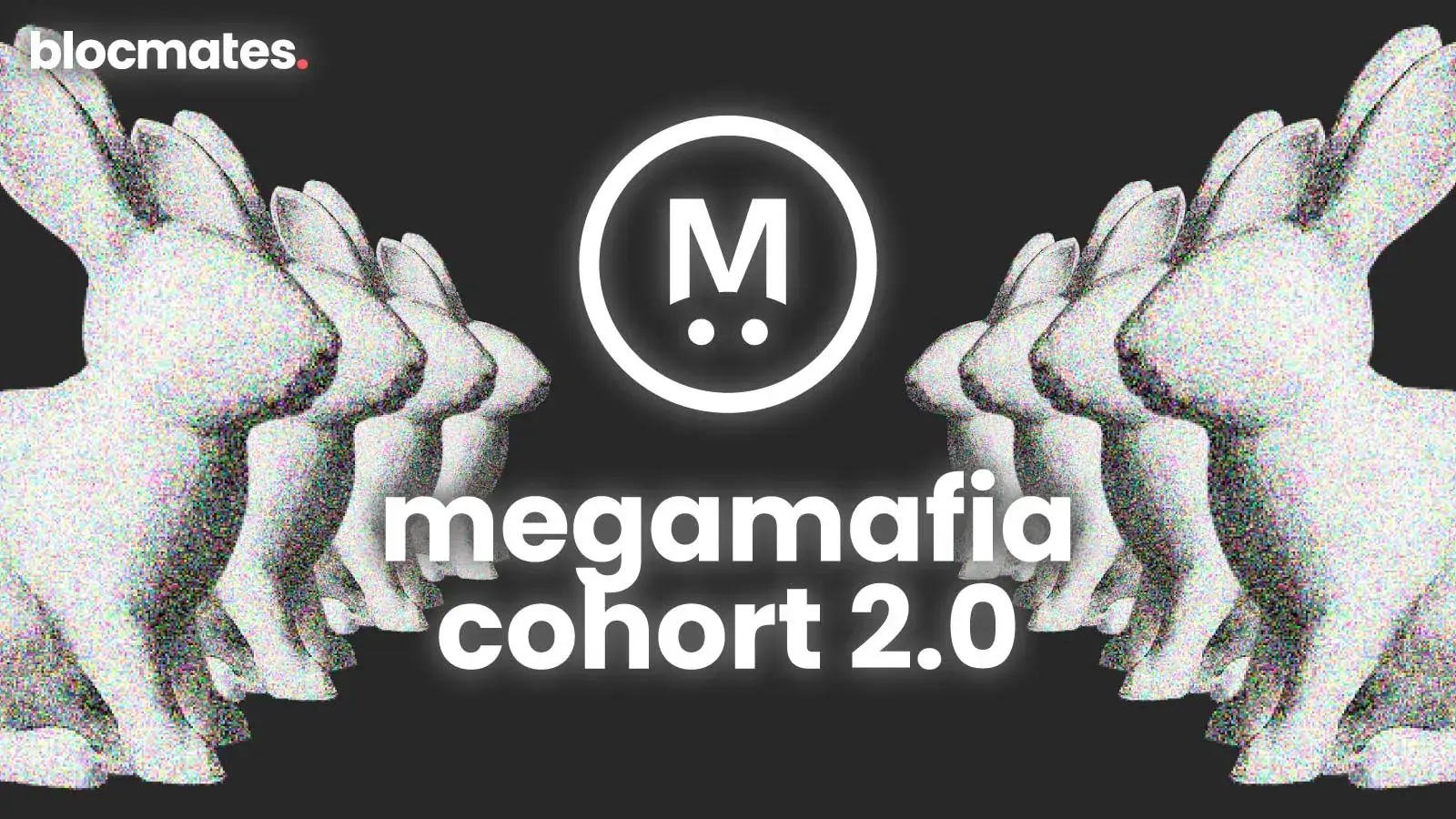



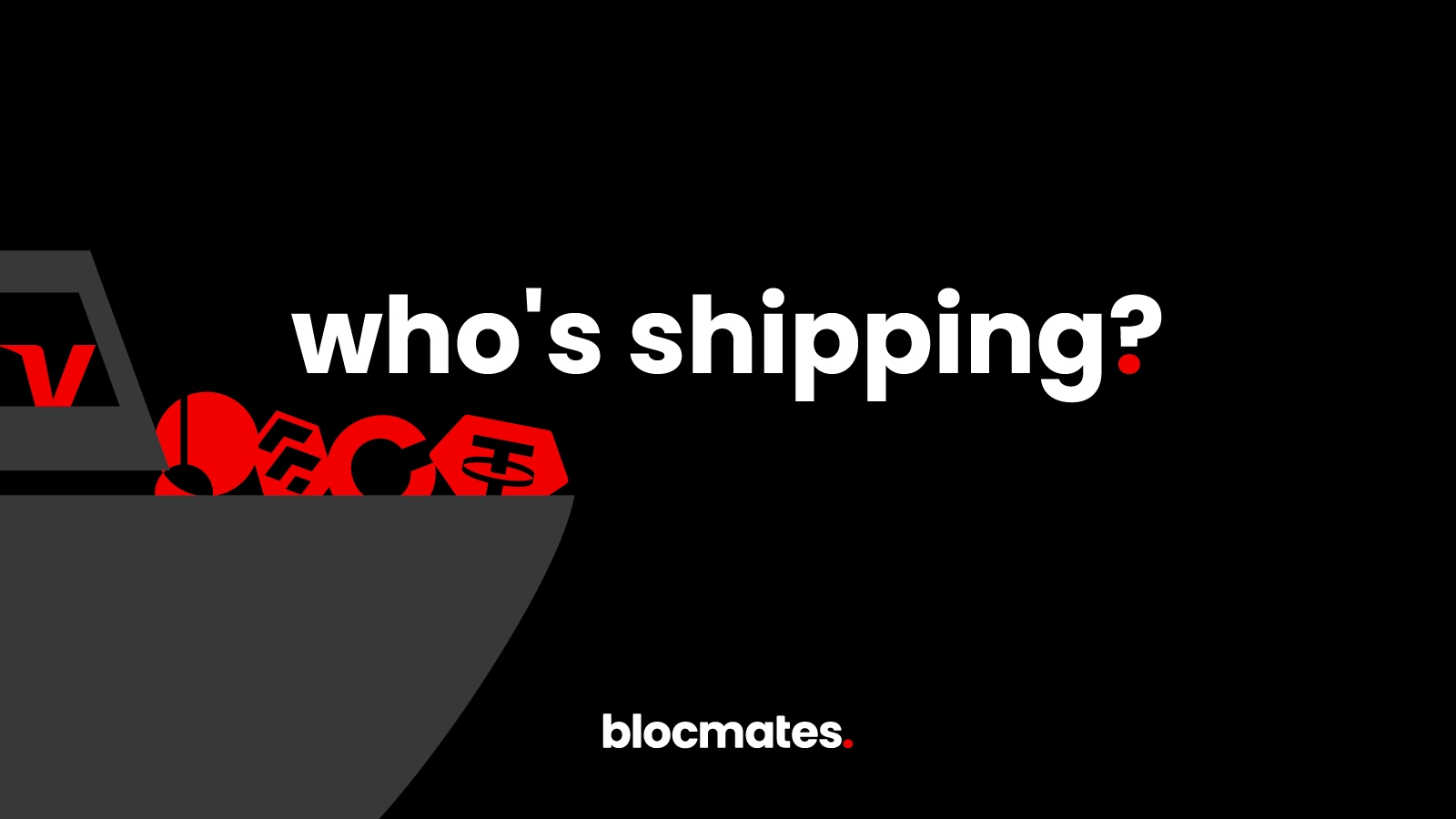
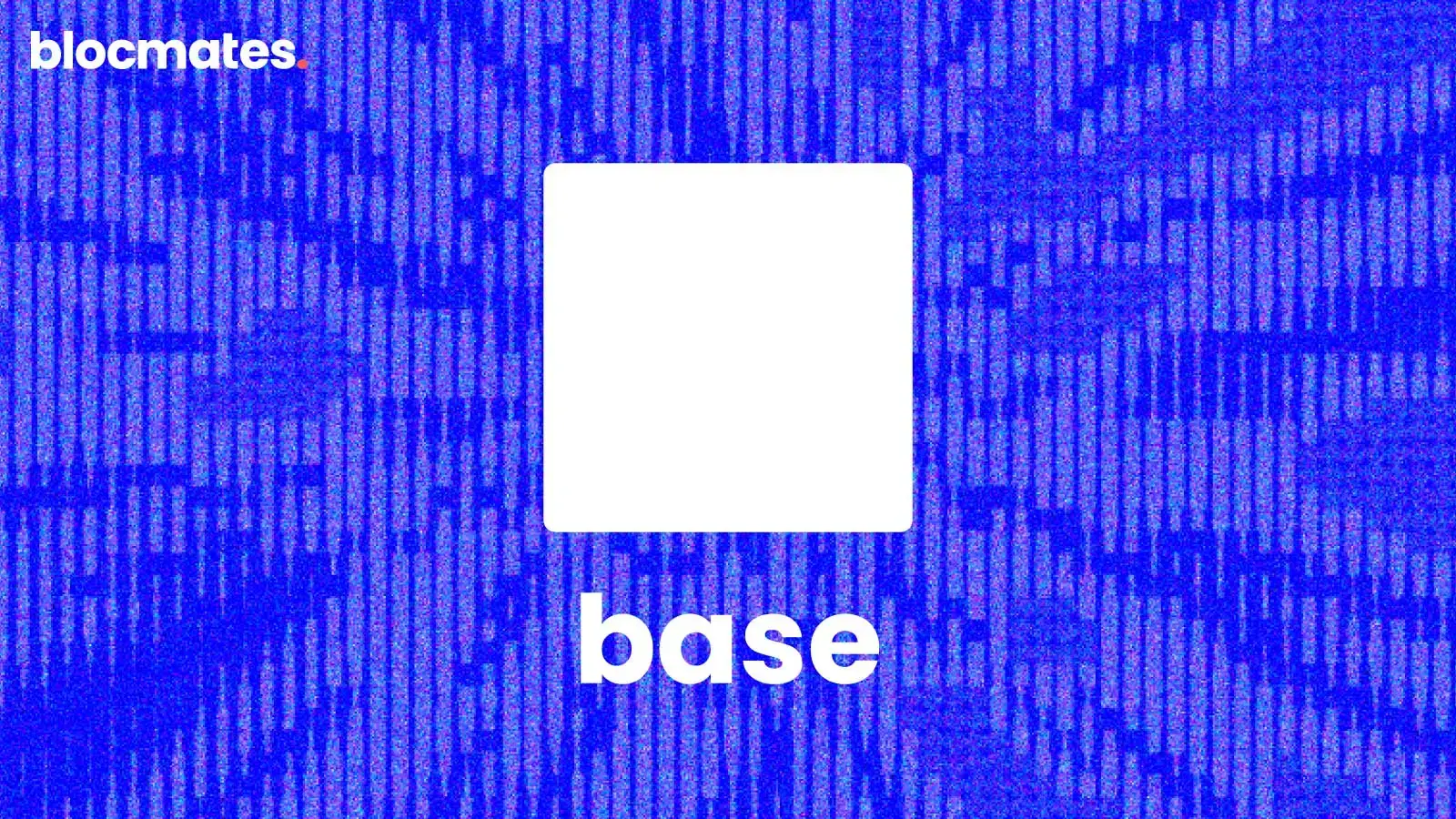
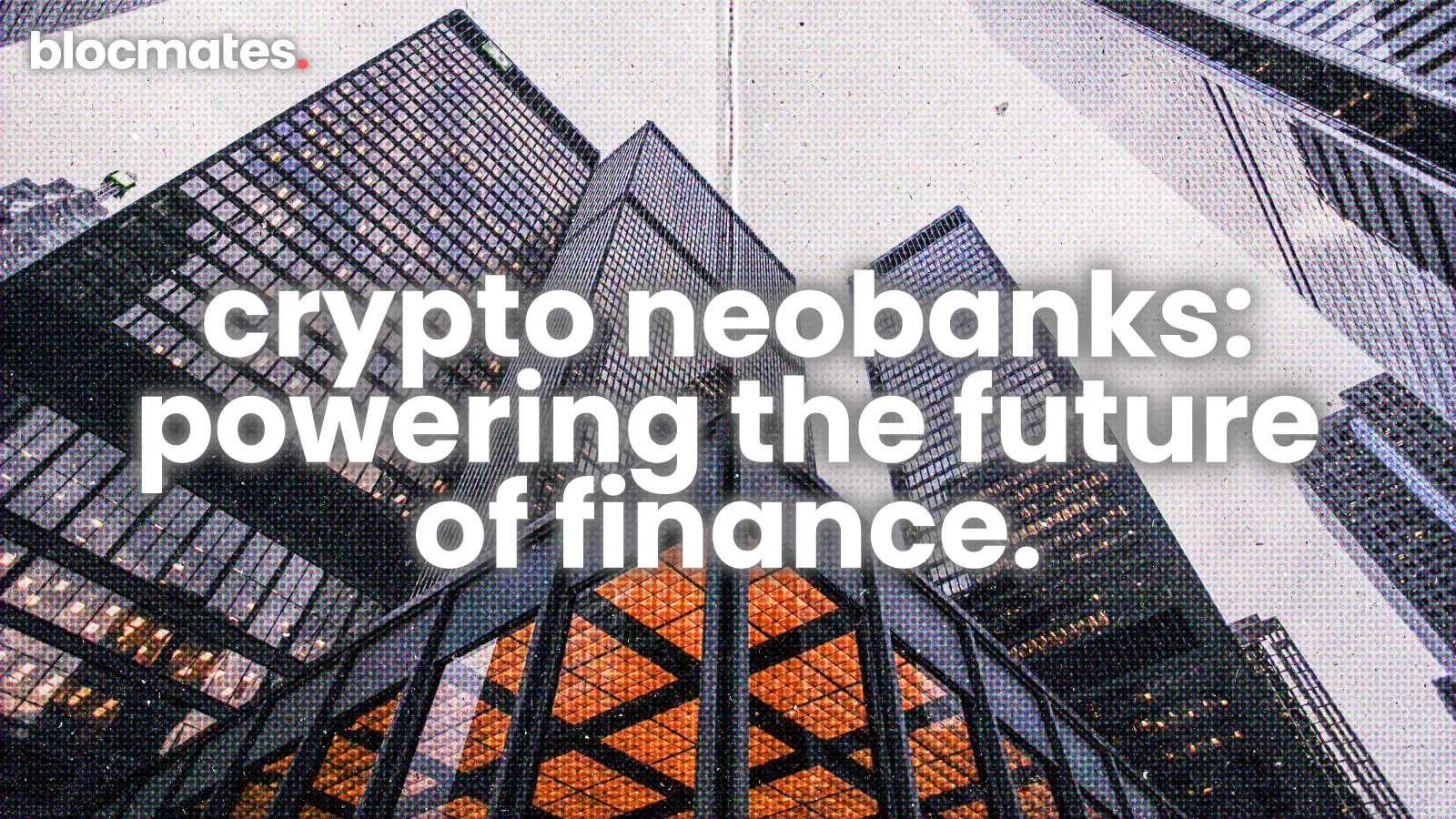


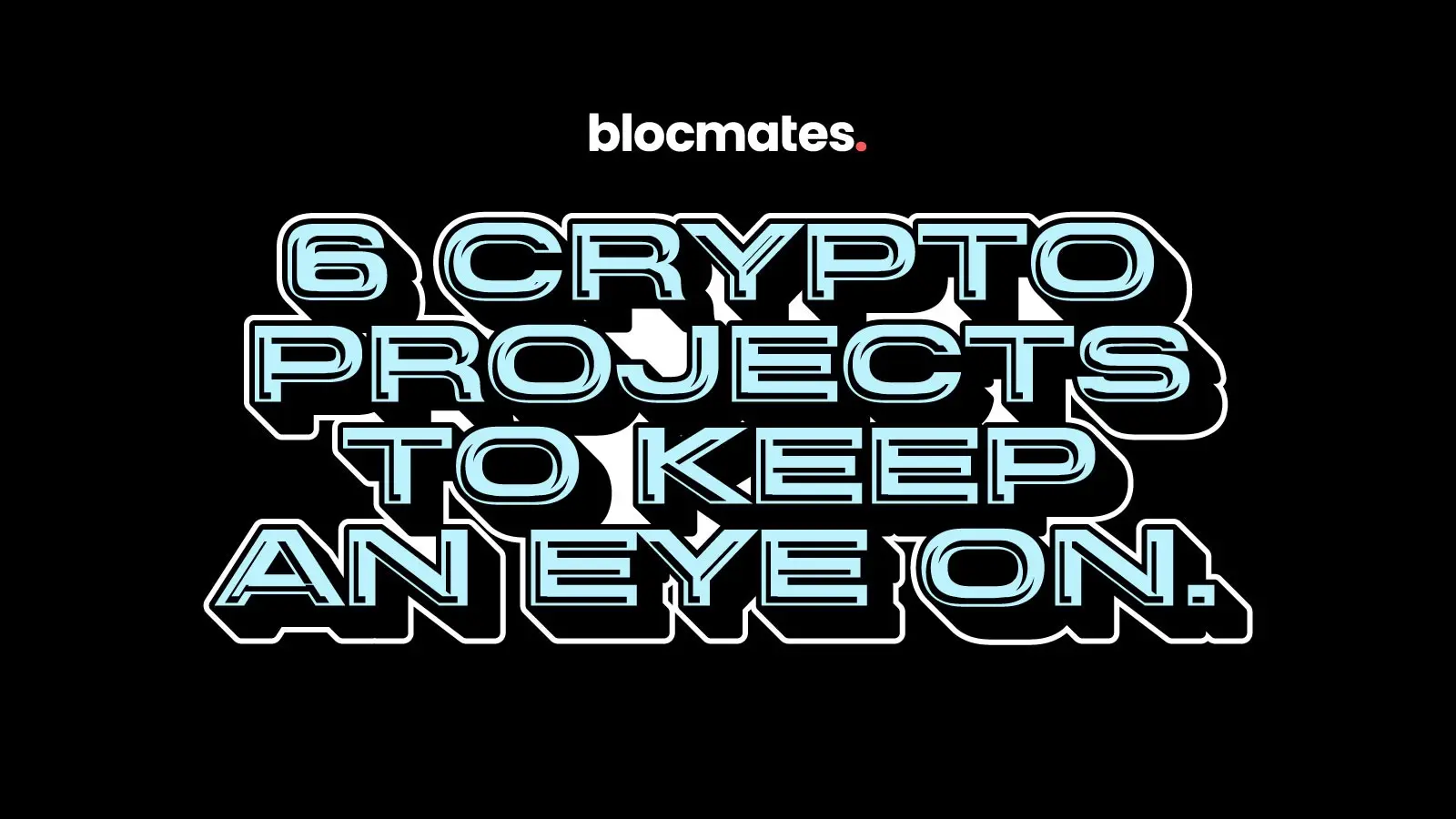
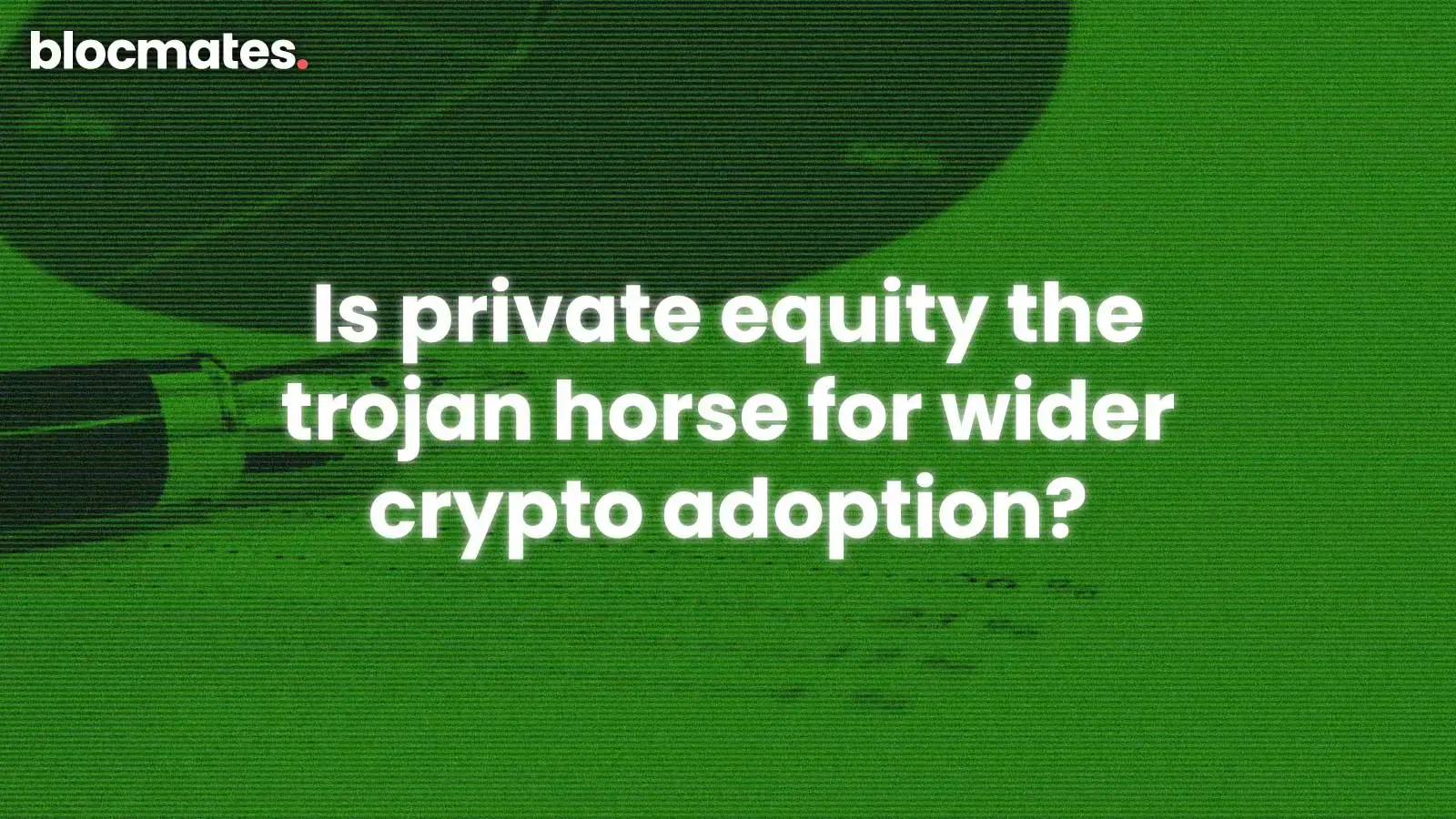


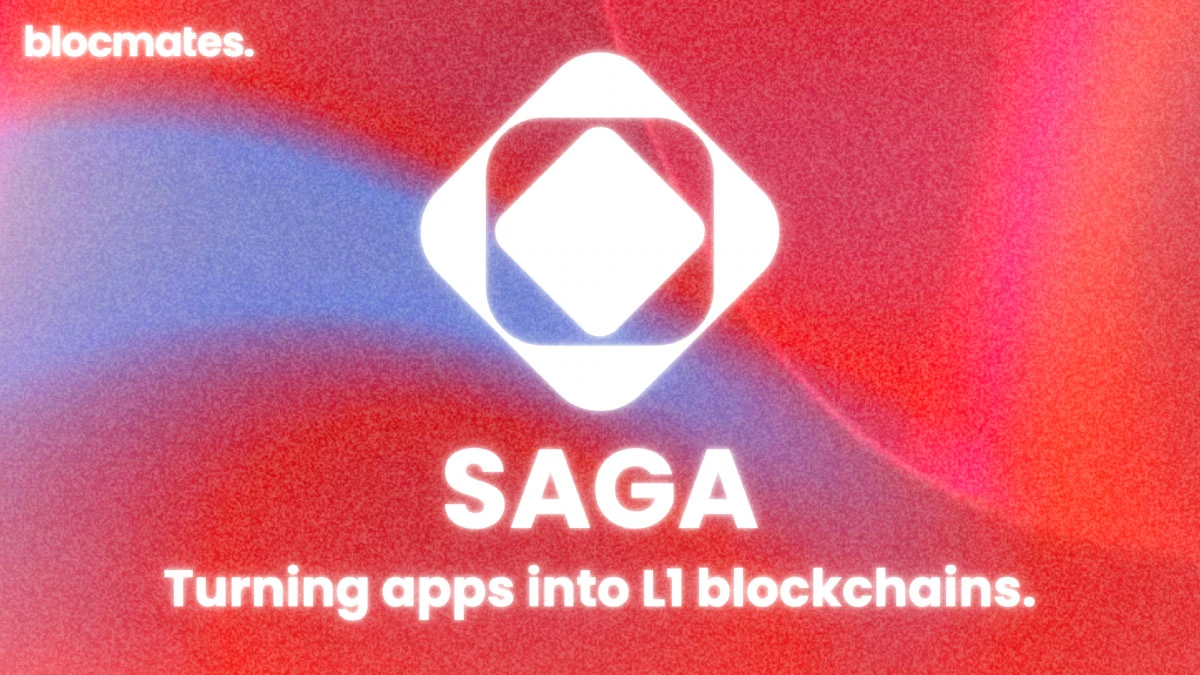
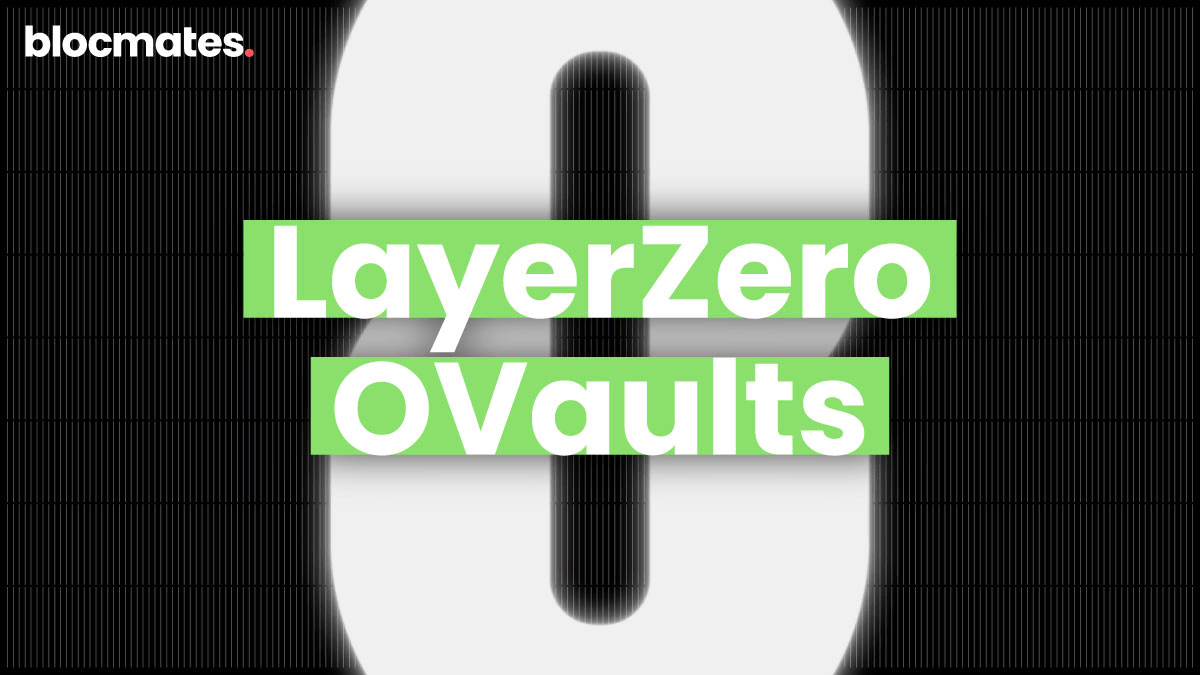
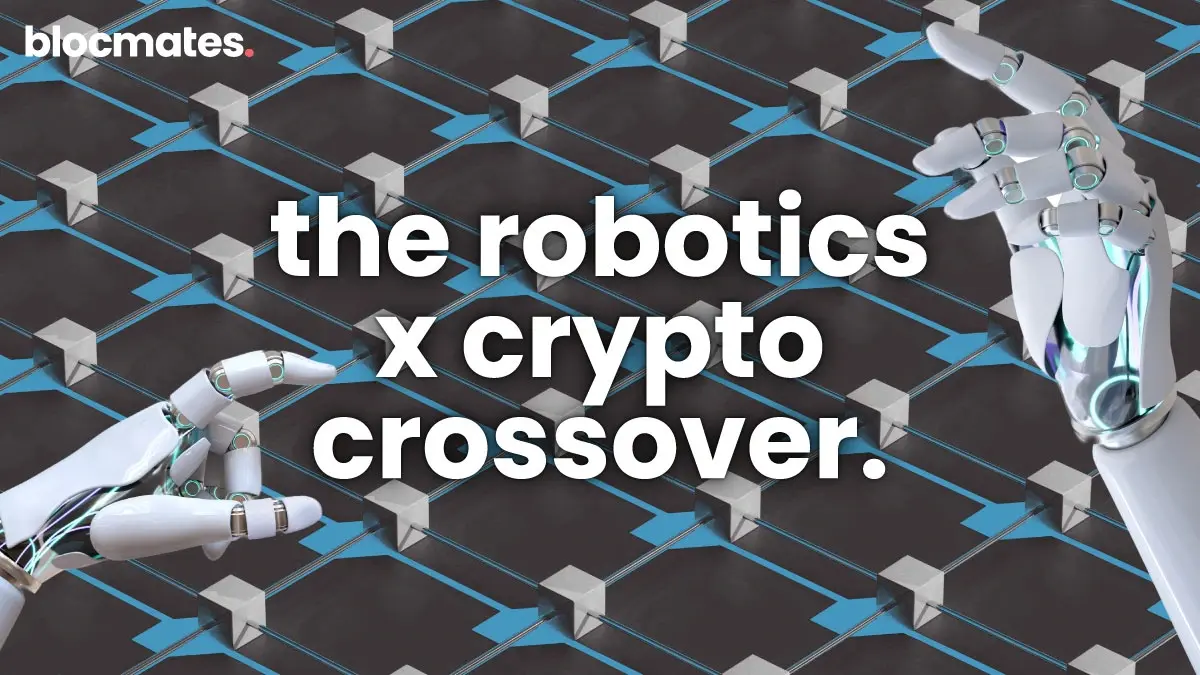
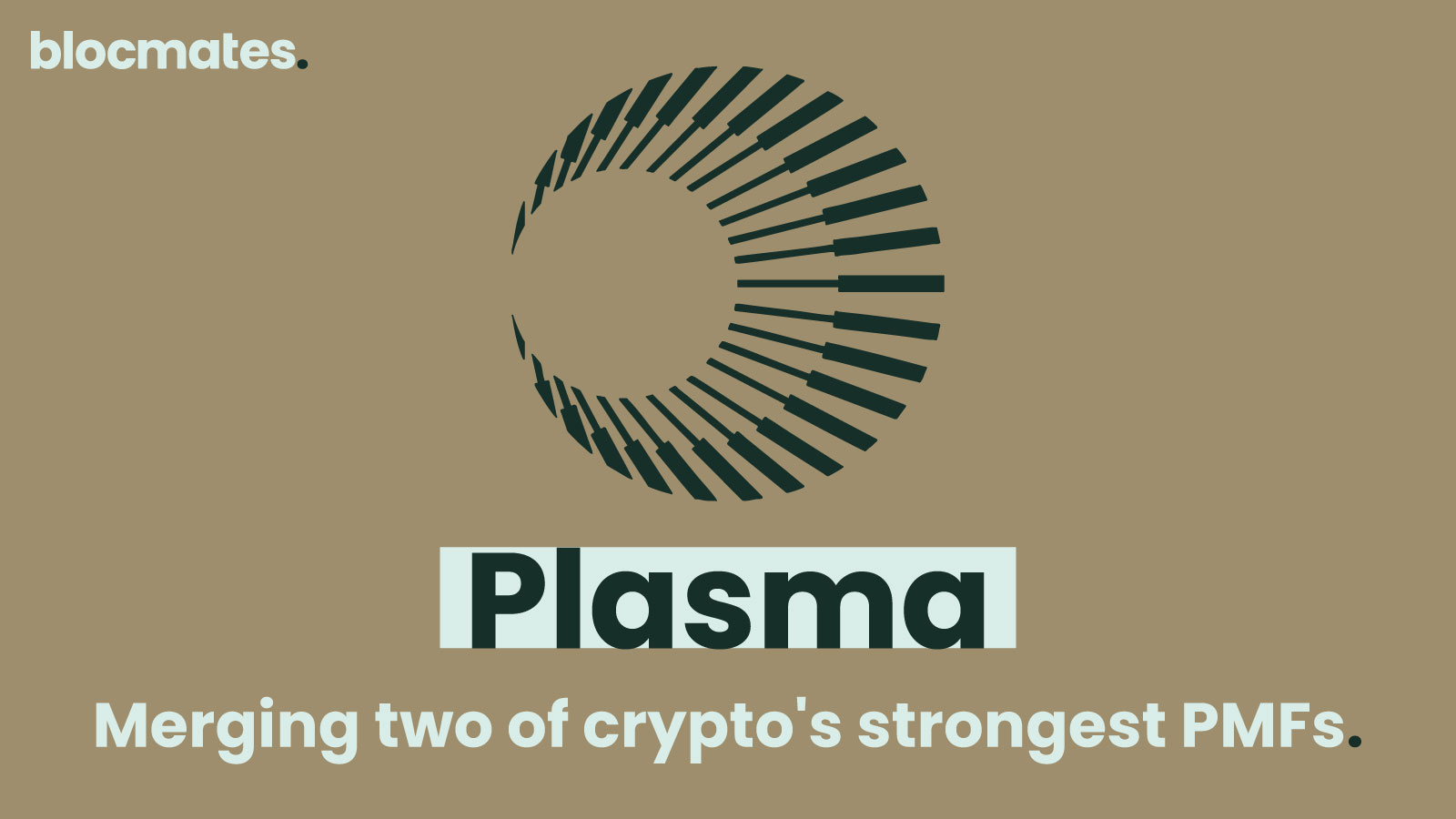

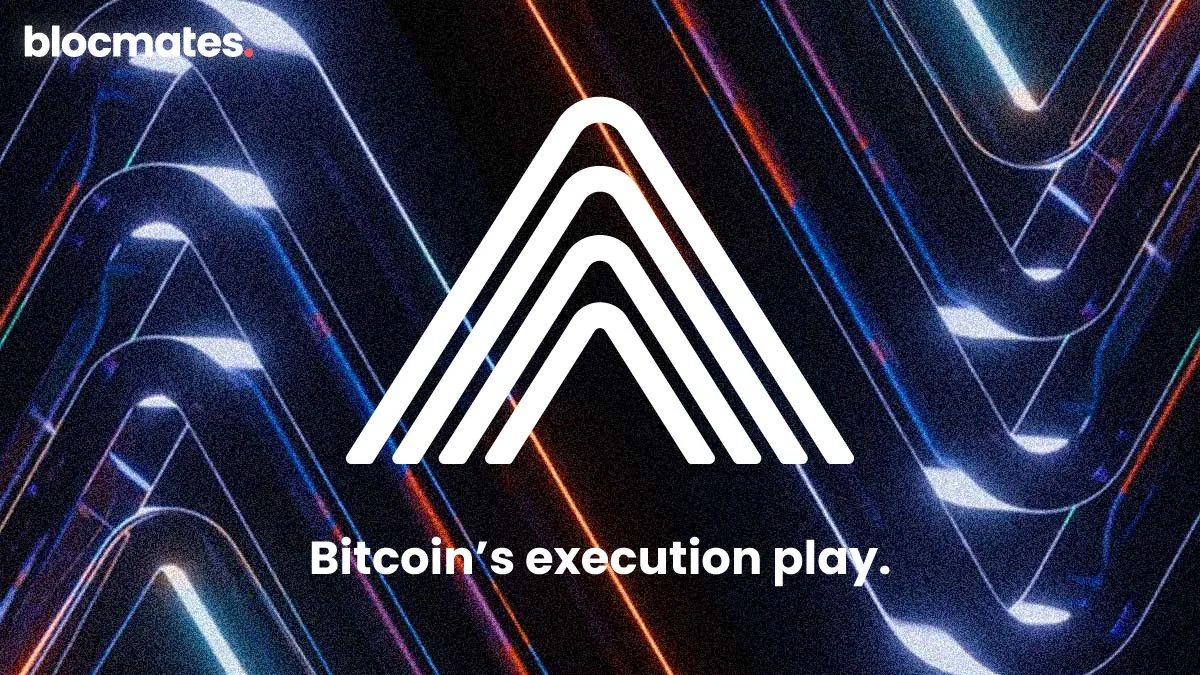

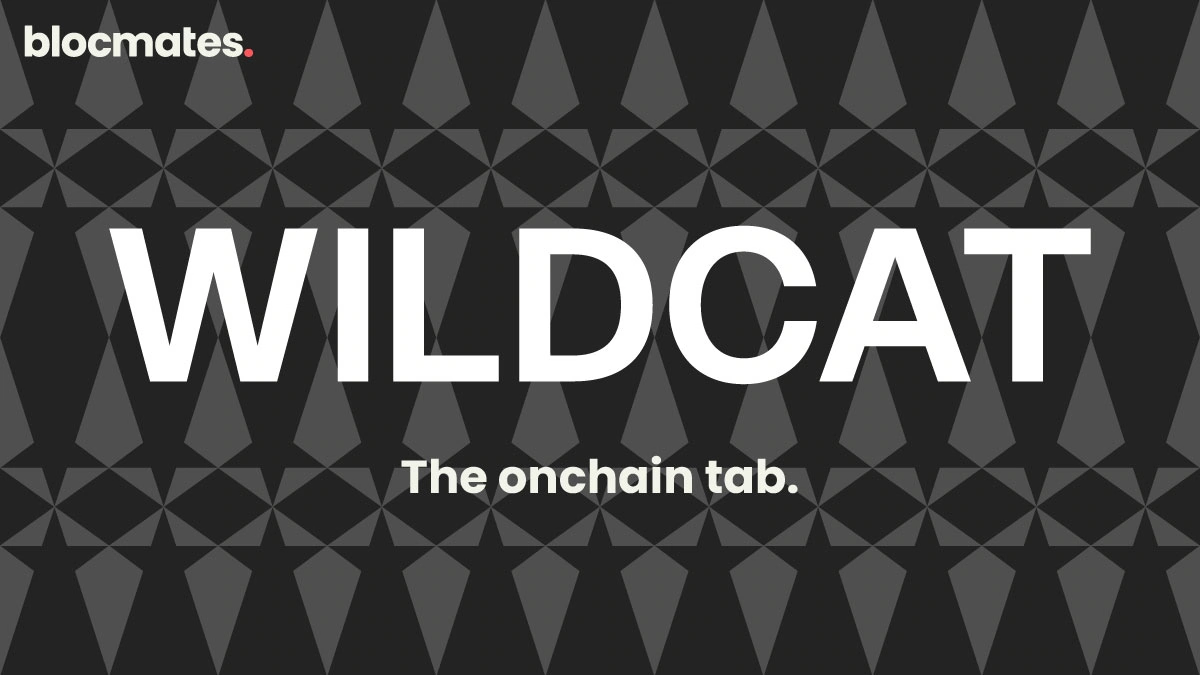
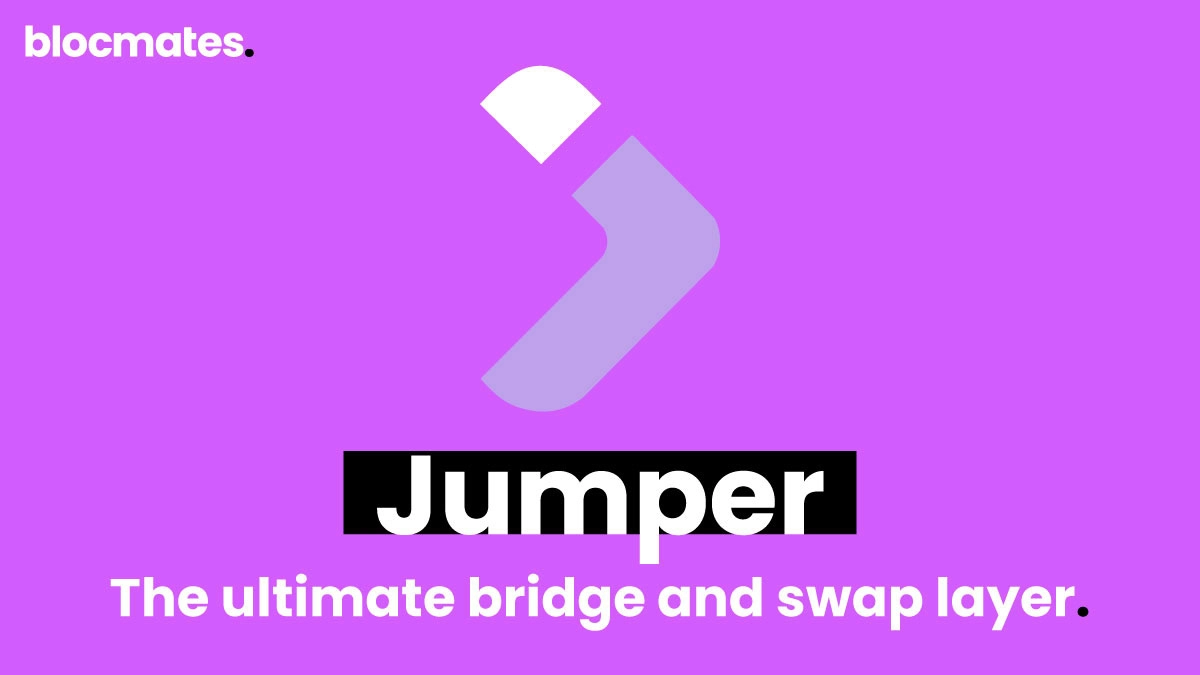
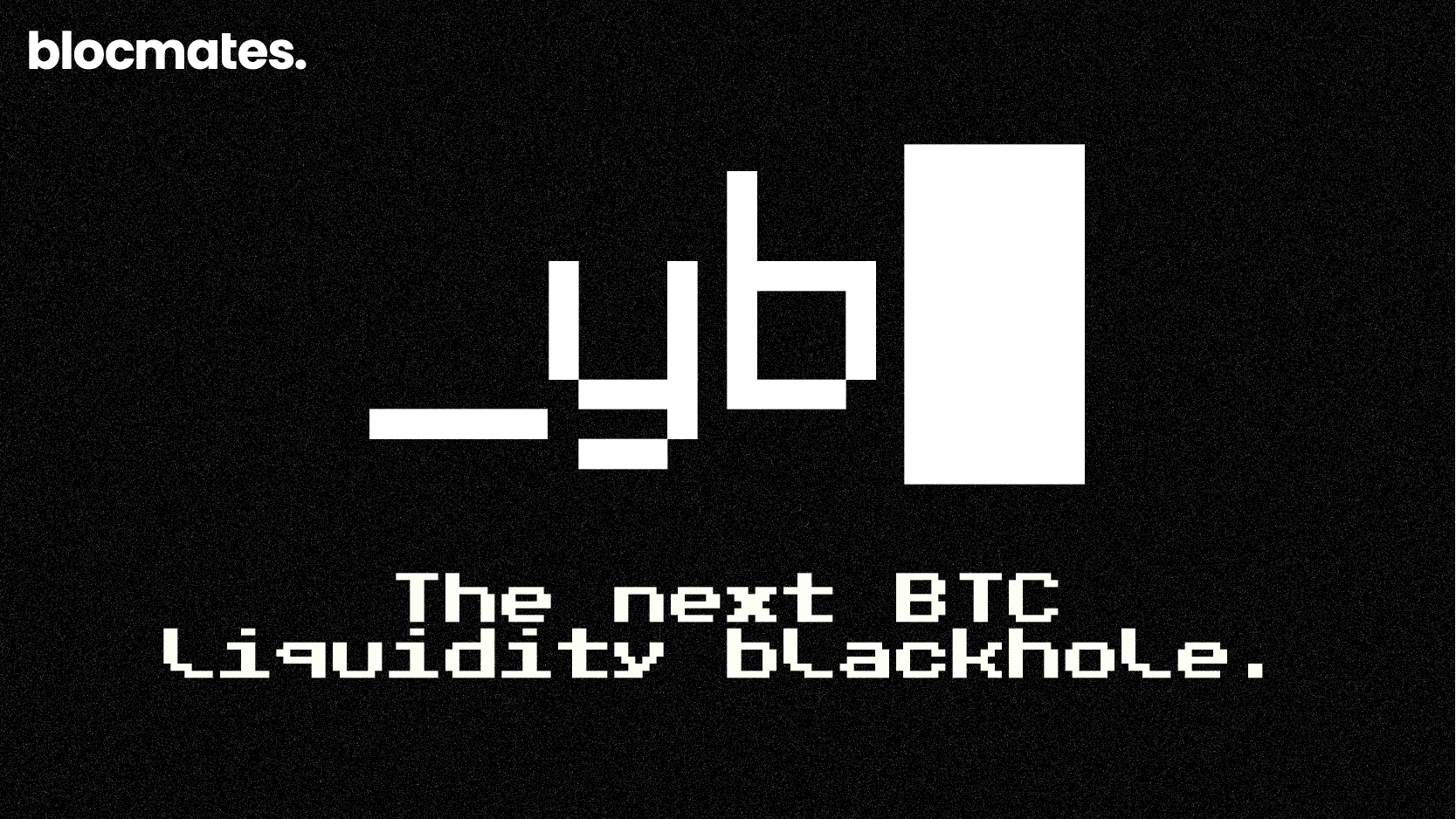
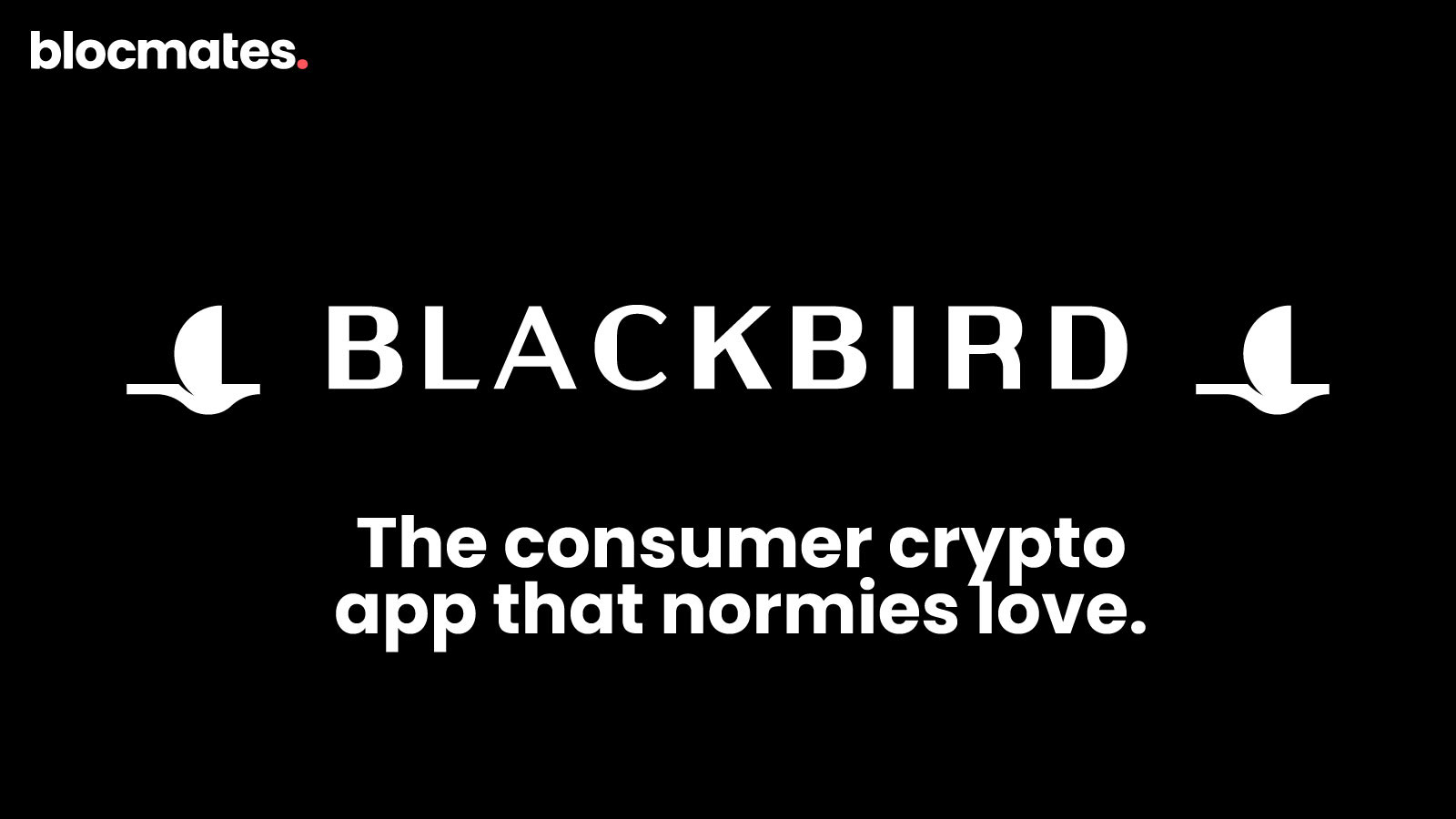


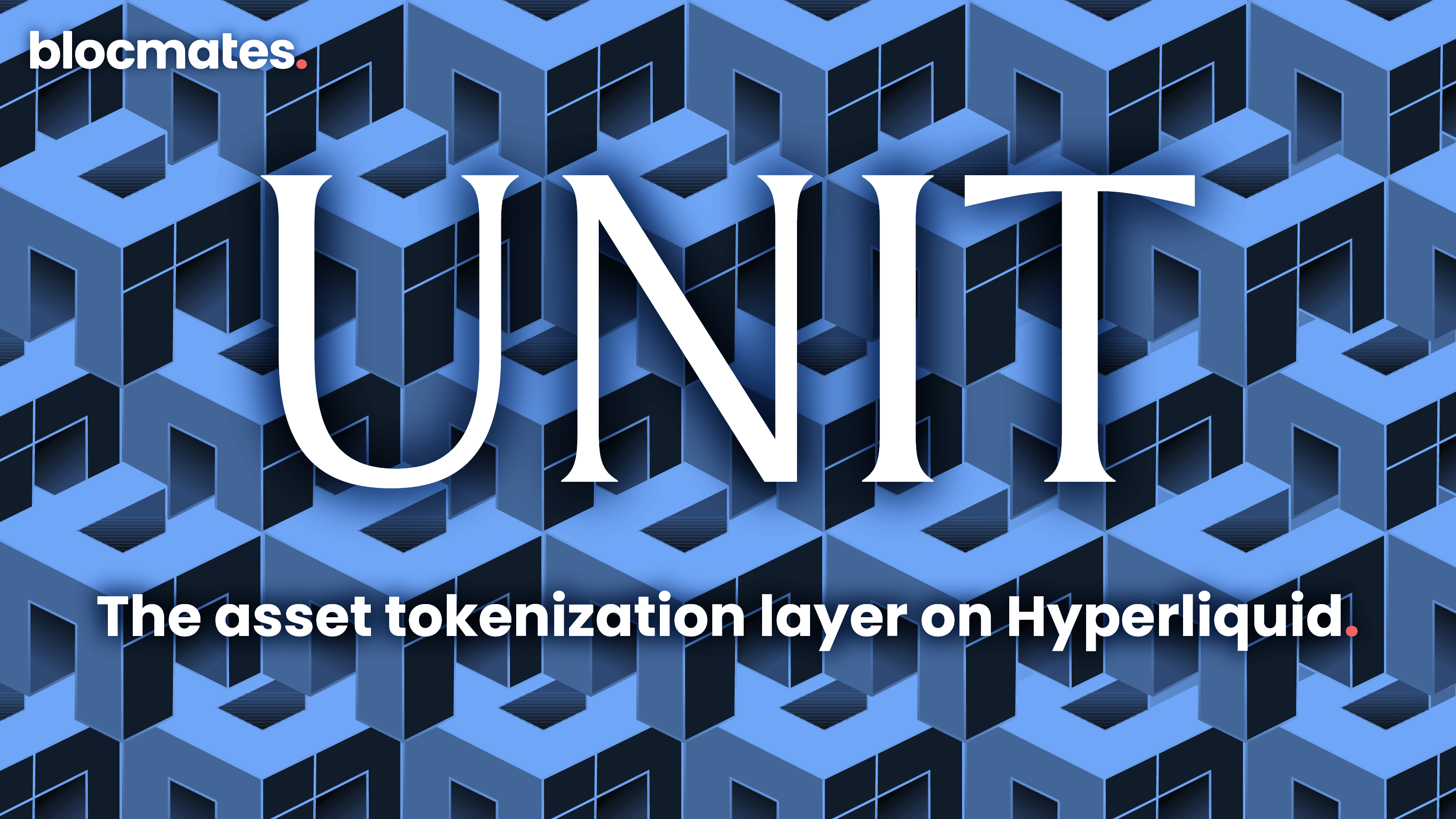


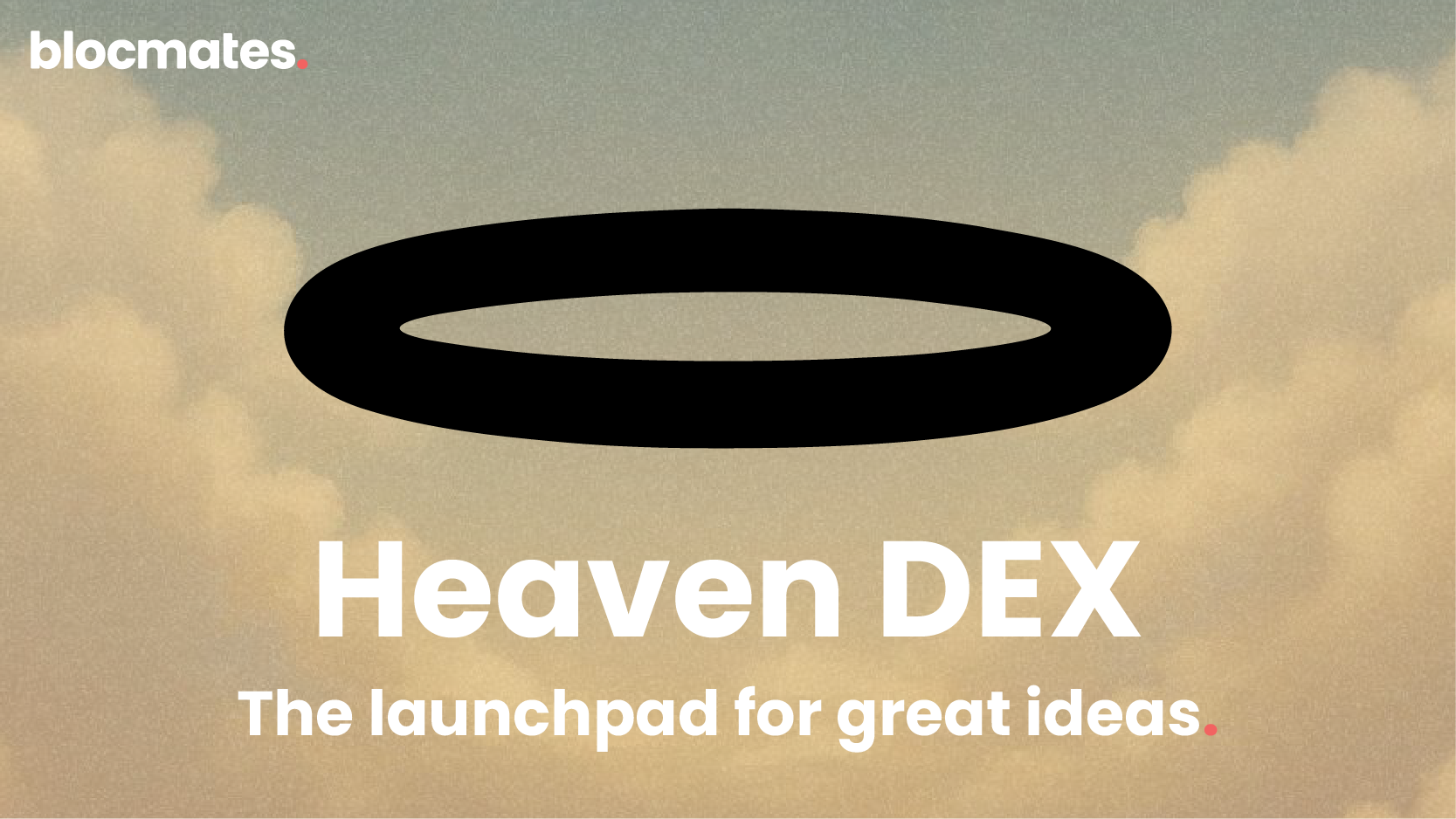
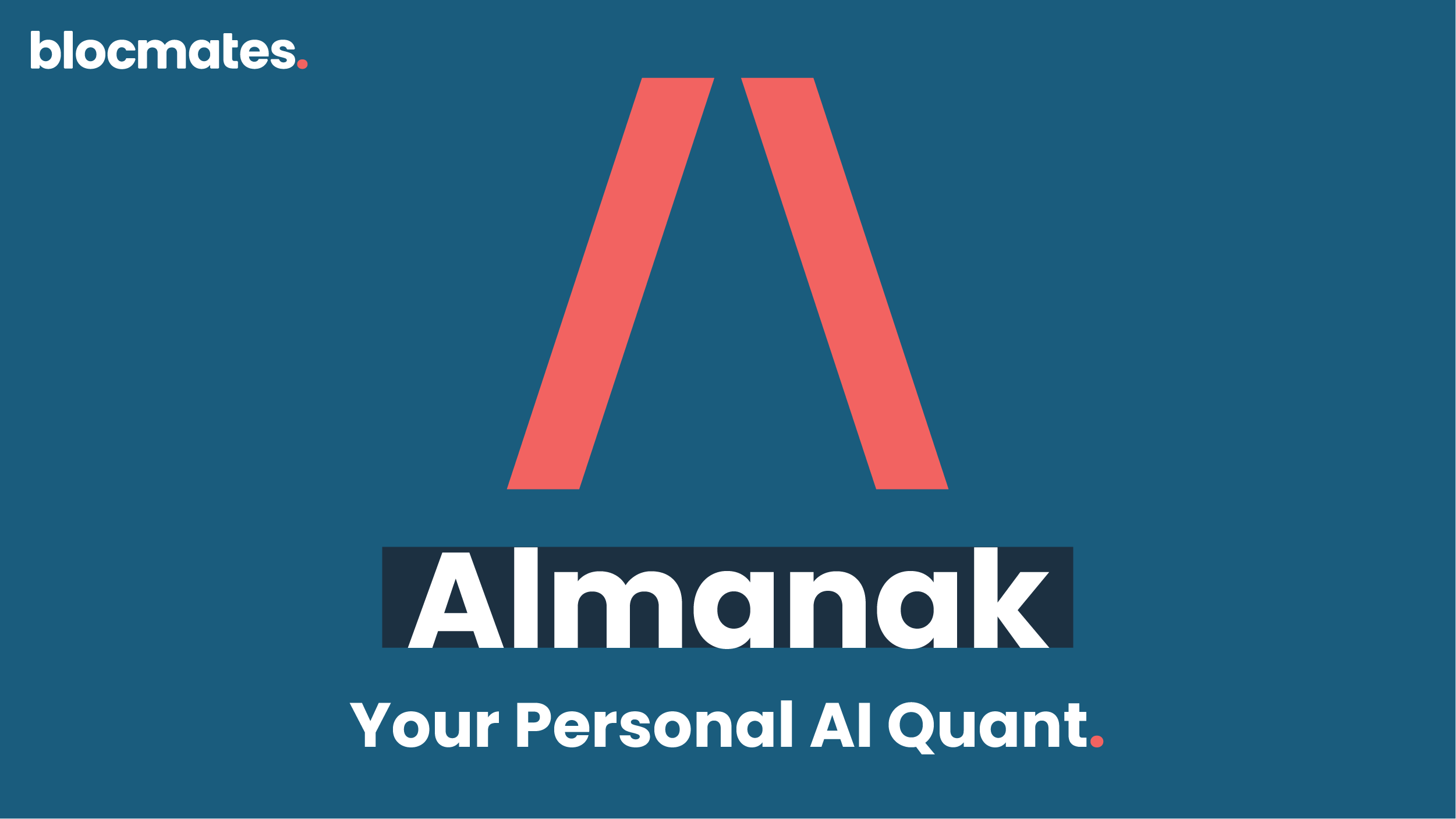
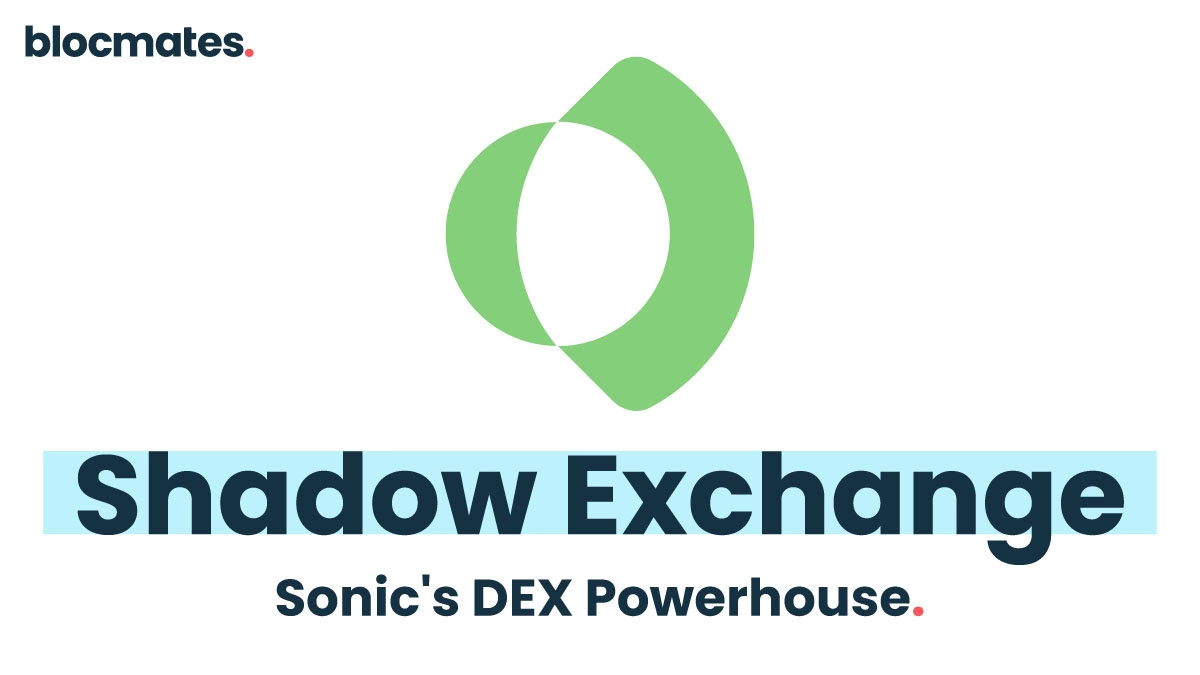
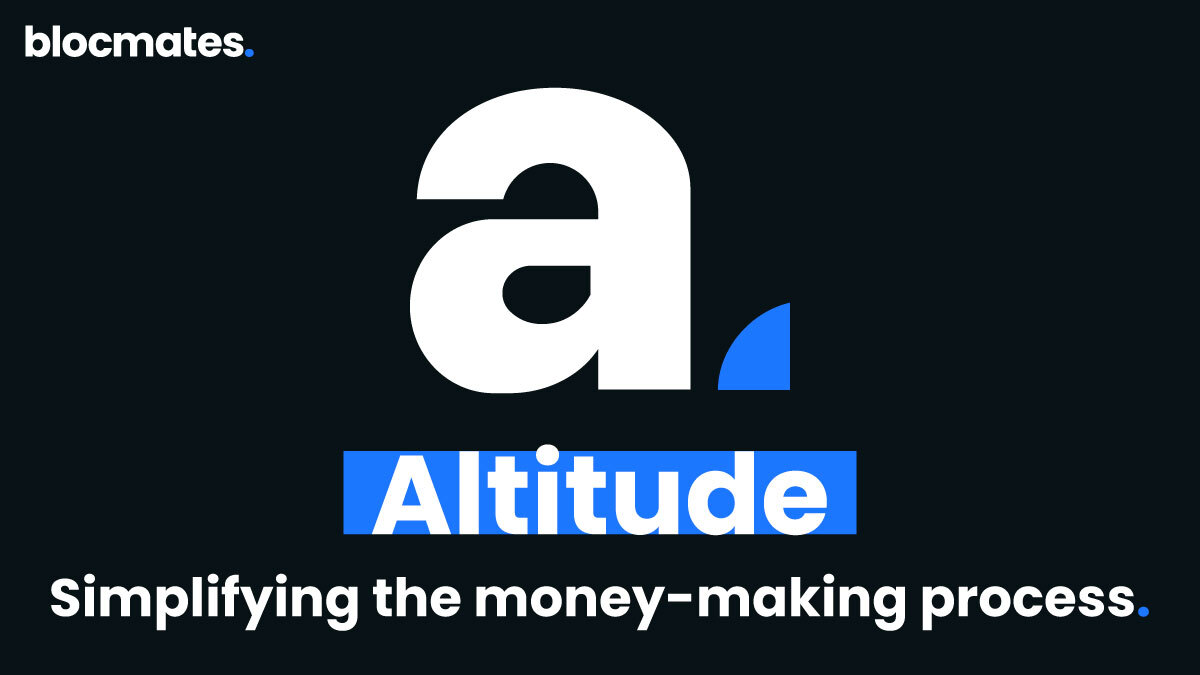
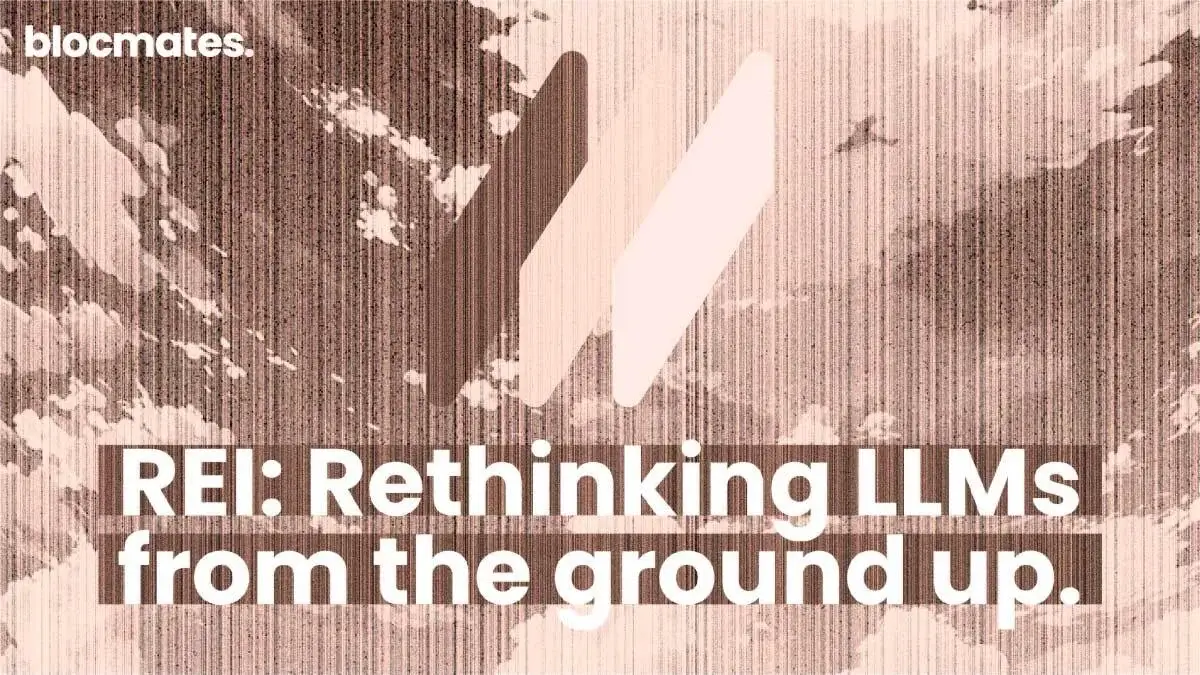
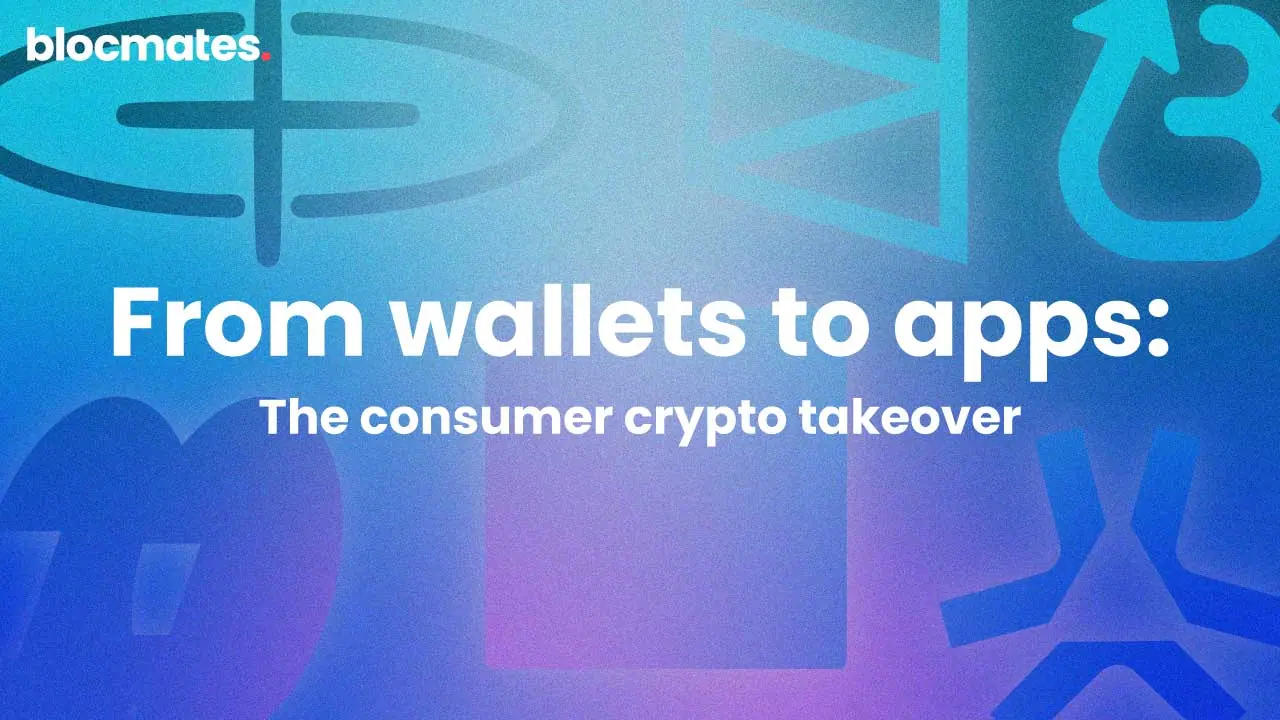
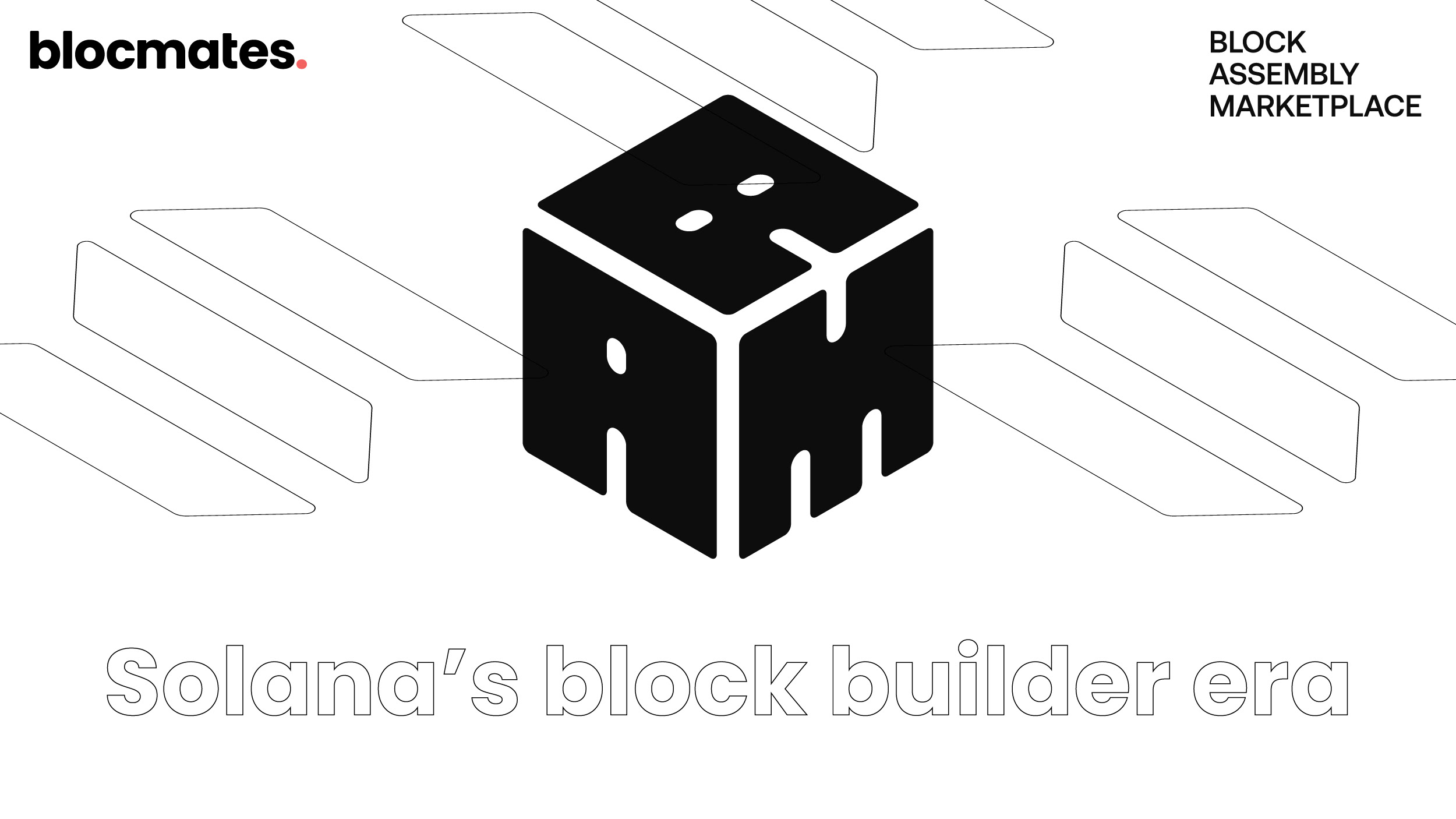

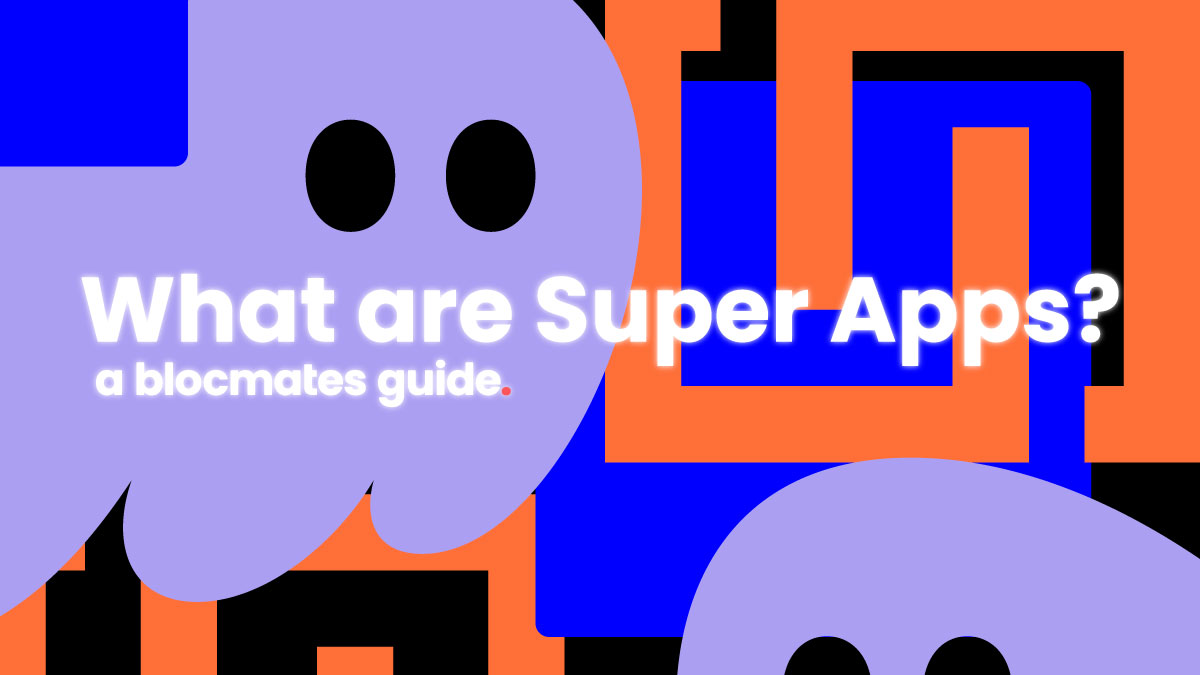

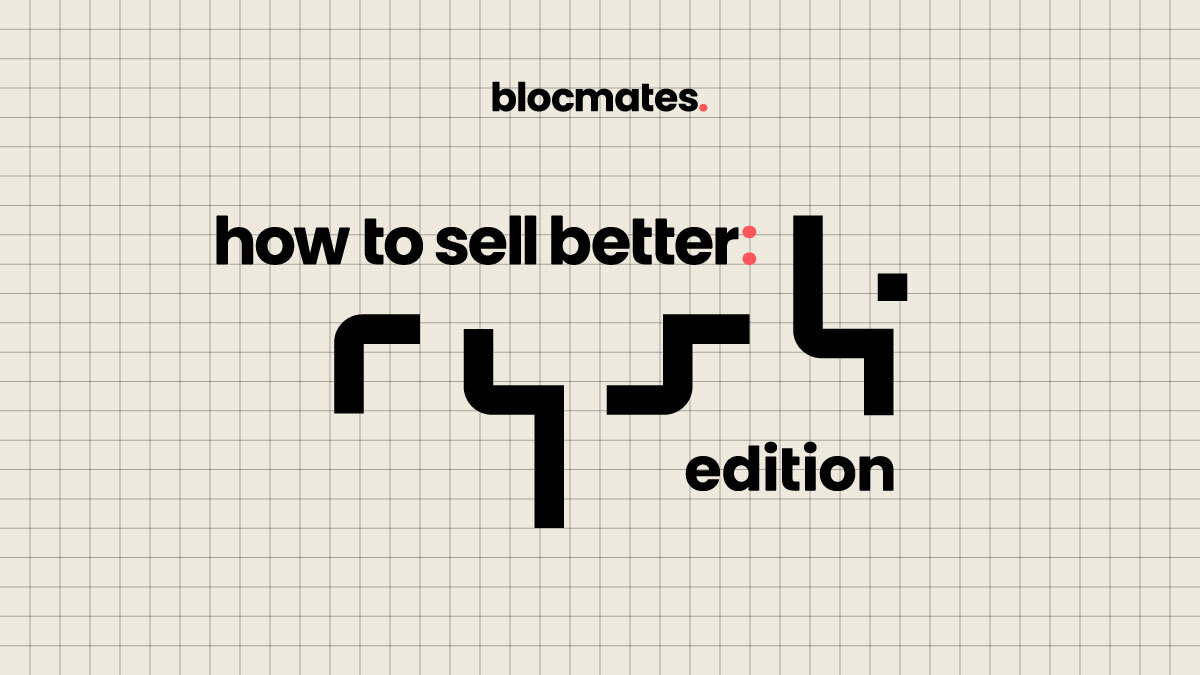


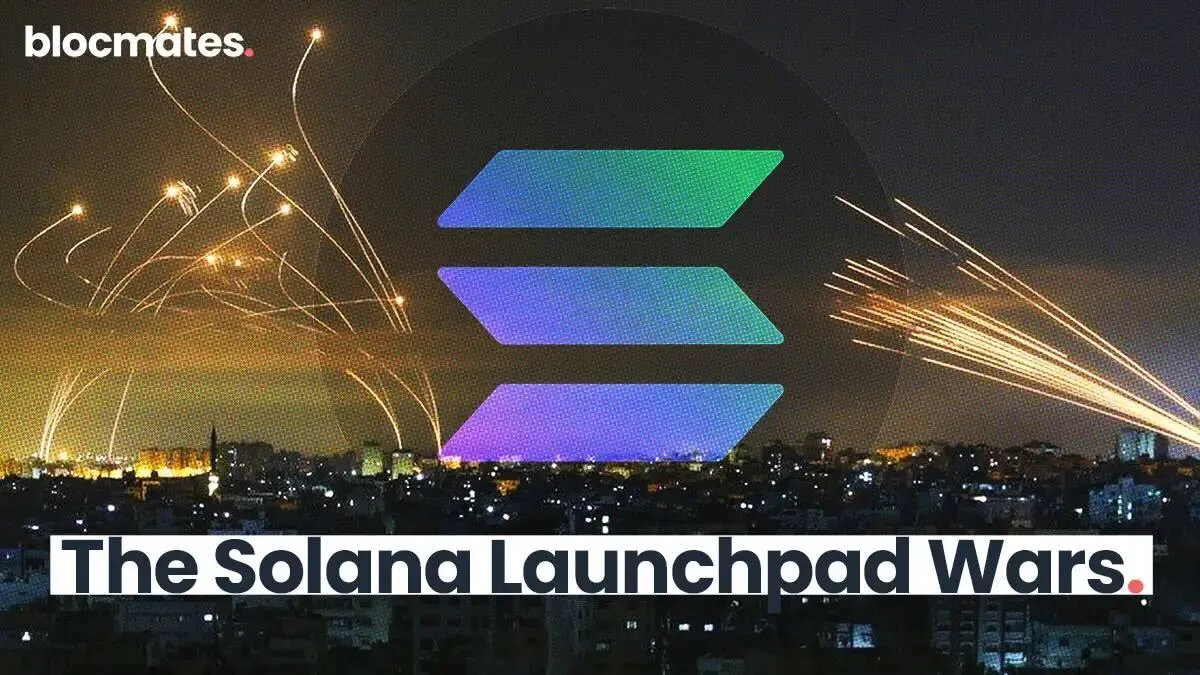




















%202.webp)


.webp)

.webp)
.webp)
.webp)


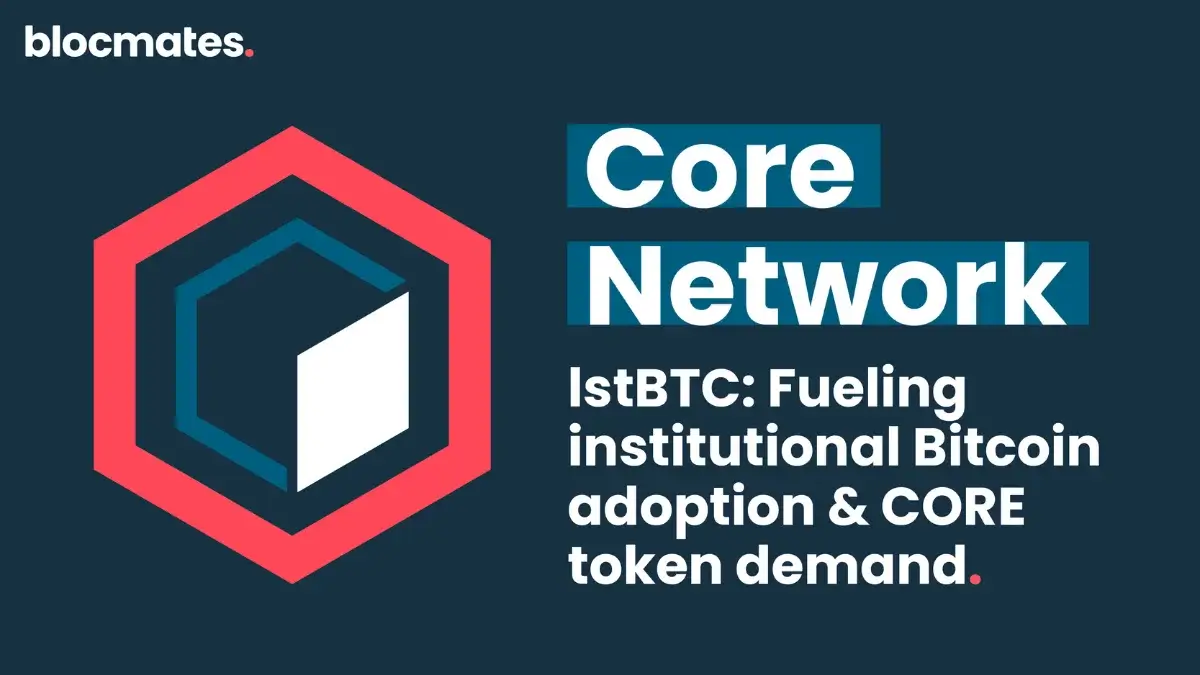
.webp)

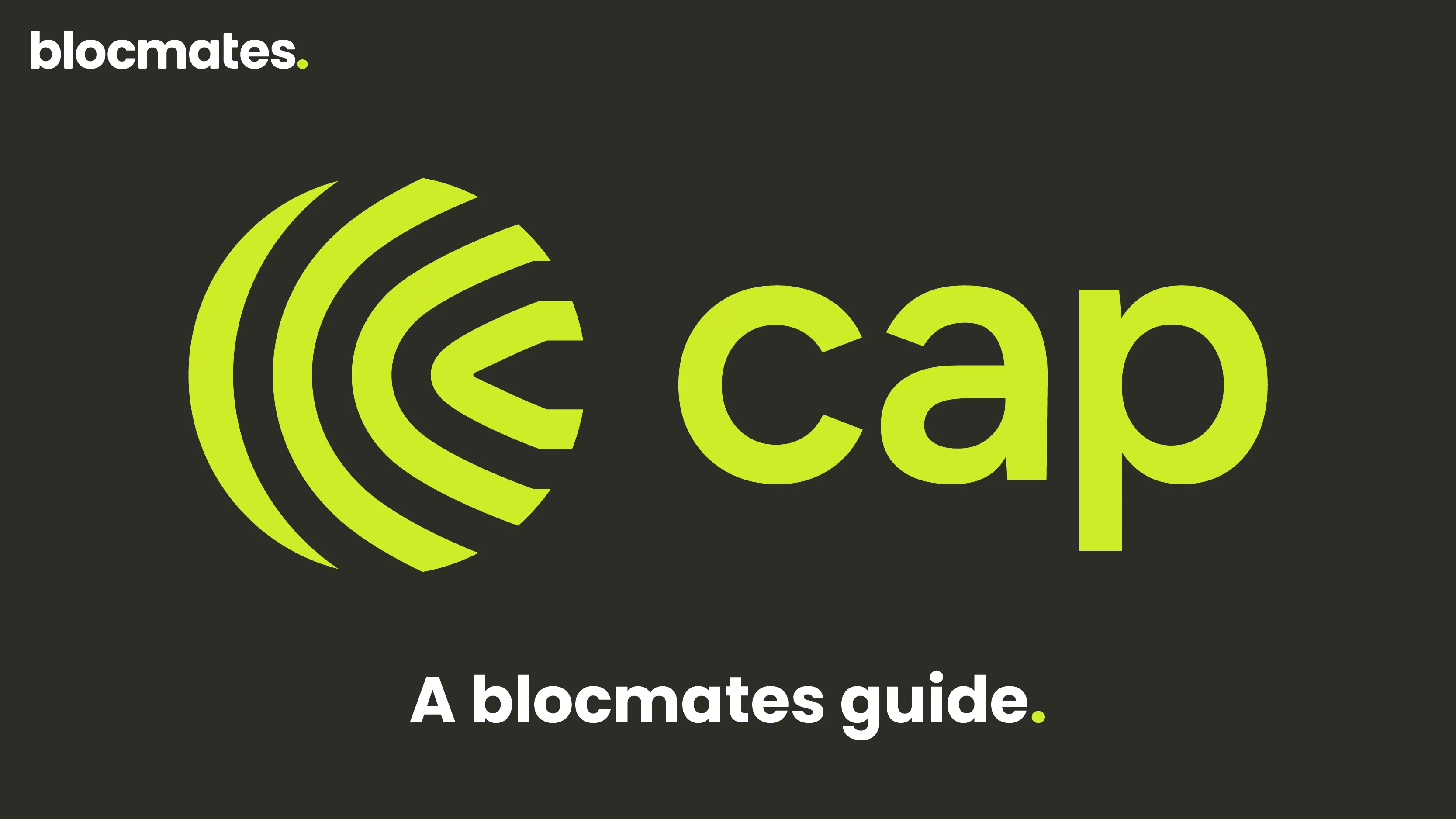










%20the%20Next%20Big%20Unlock%20in%20AI.webp)








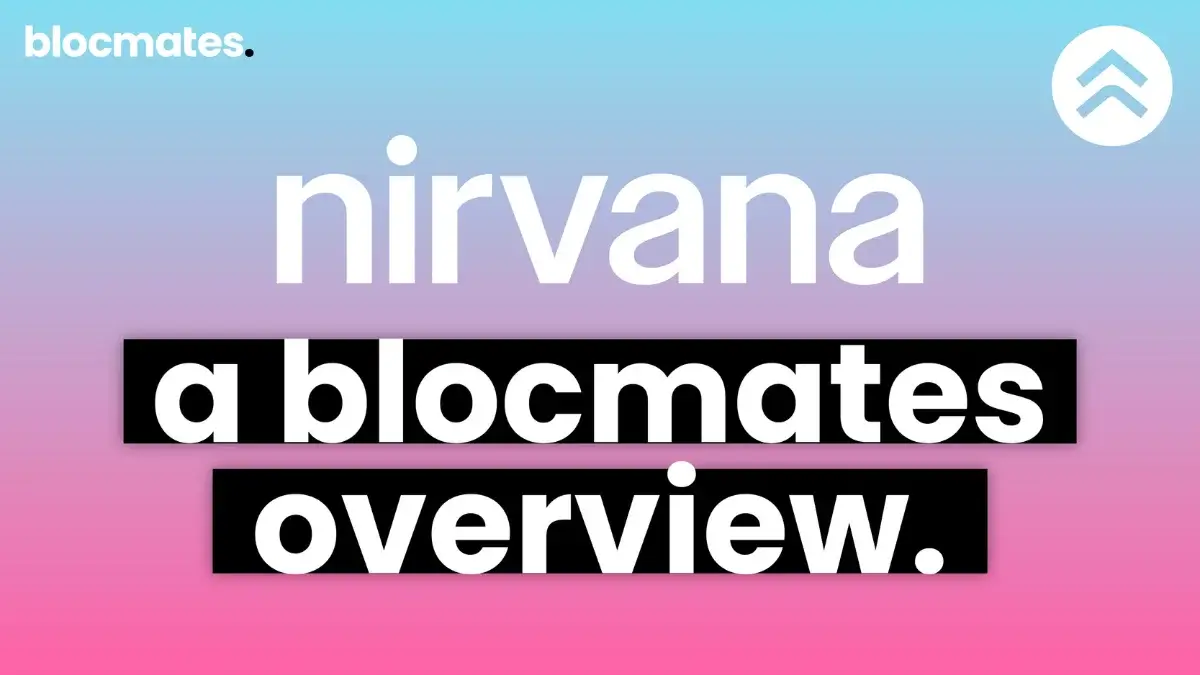




.webp)
.webp)
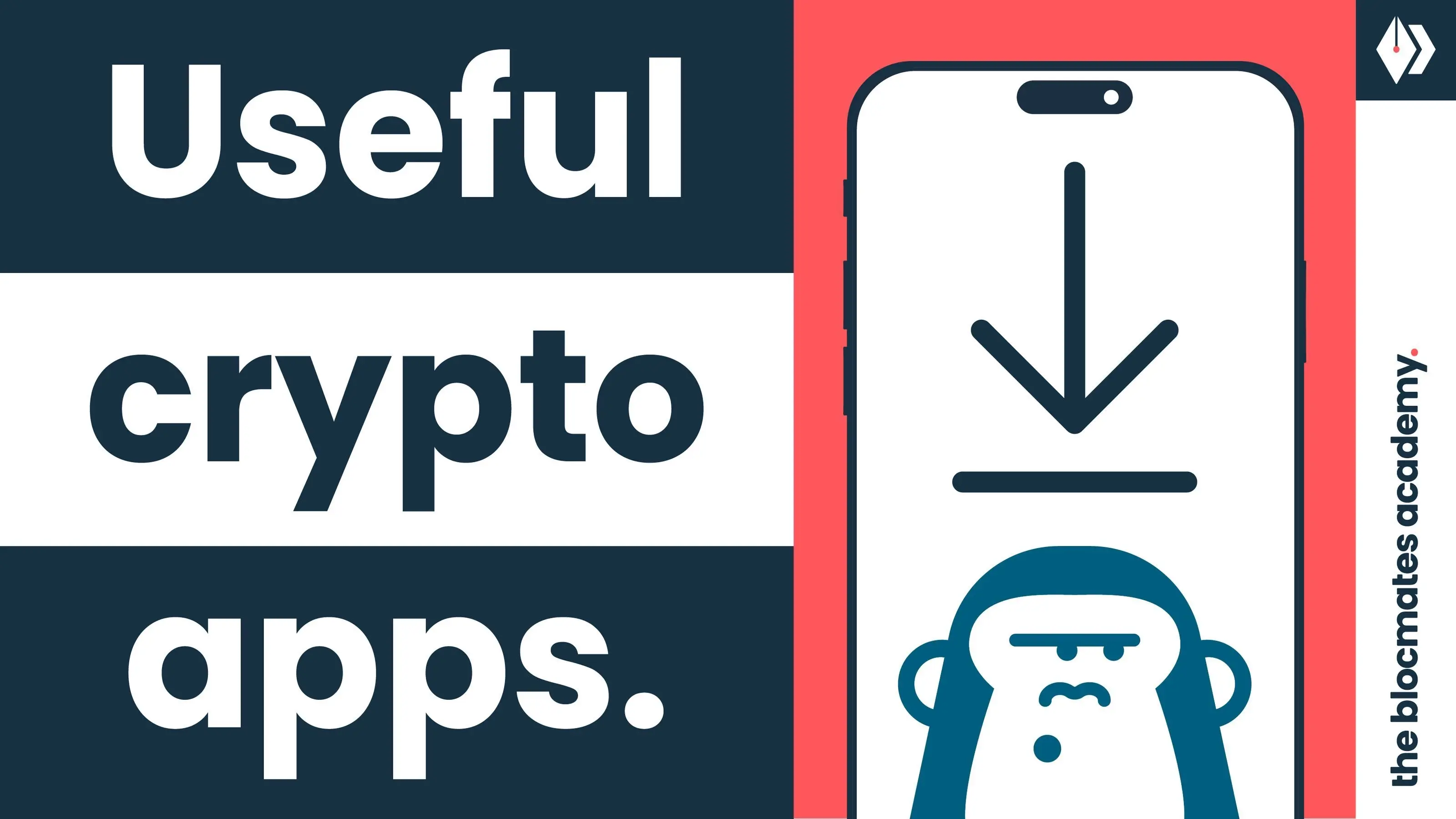
.webp)
.webp)
.webp)


.webp)
.webp)










.webp)


.webp)






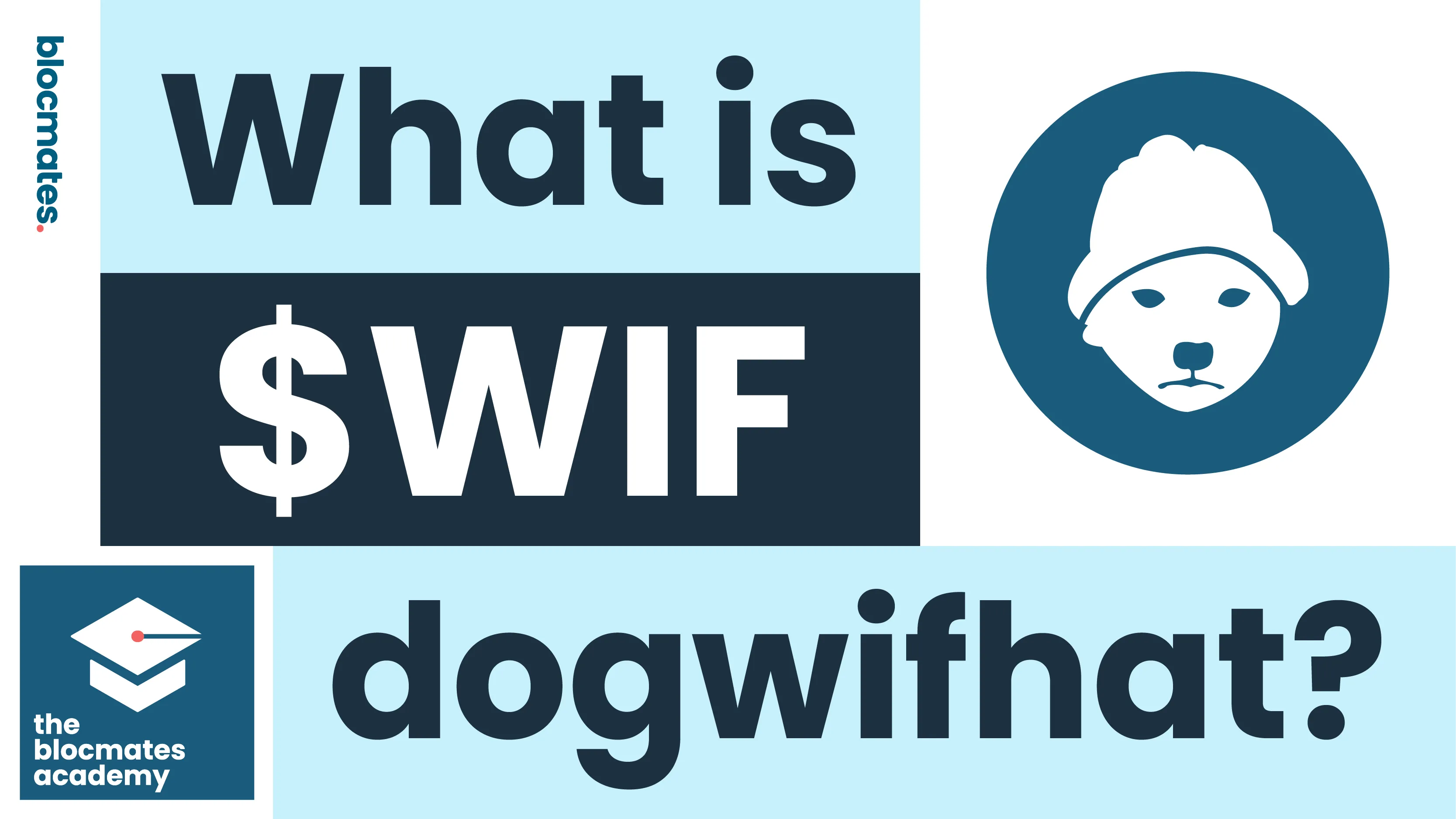


.webp)







.webp)
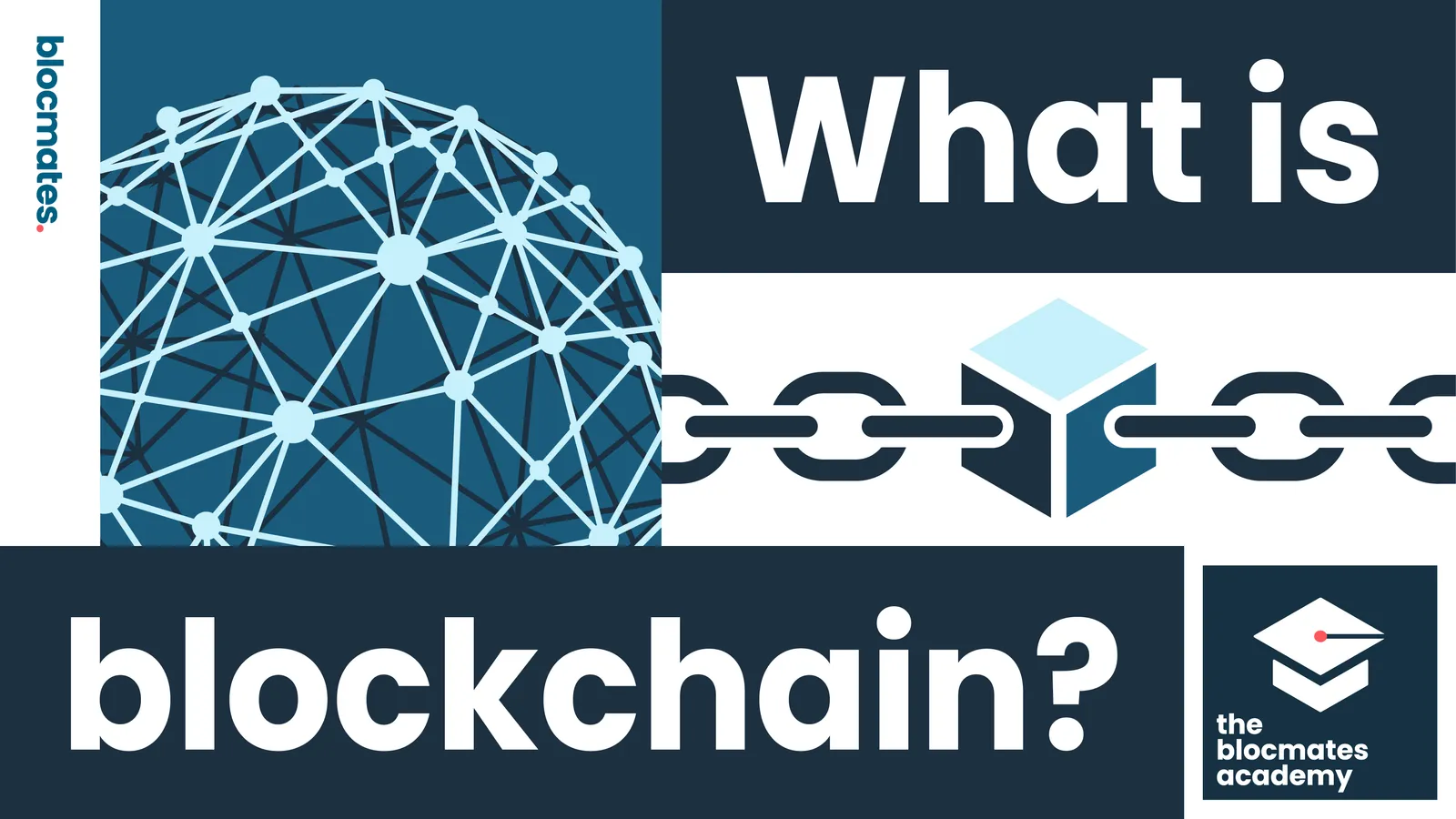



.webp)








.webp)
.webp)
.webp)


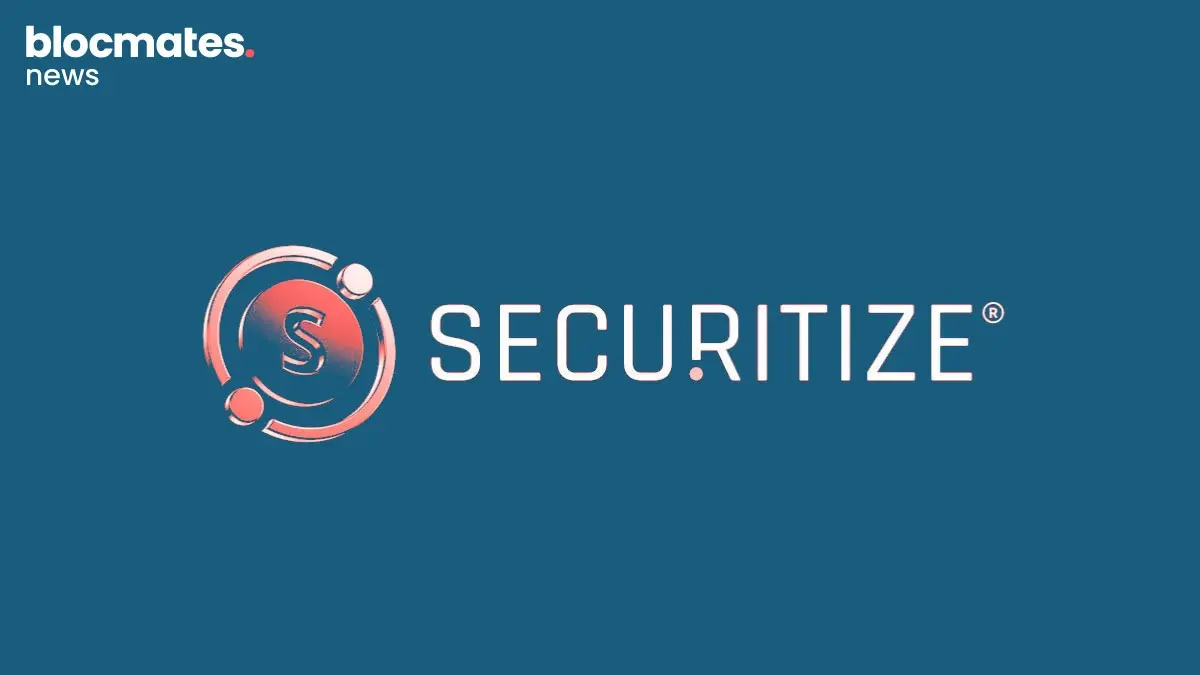

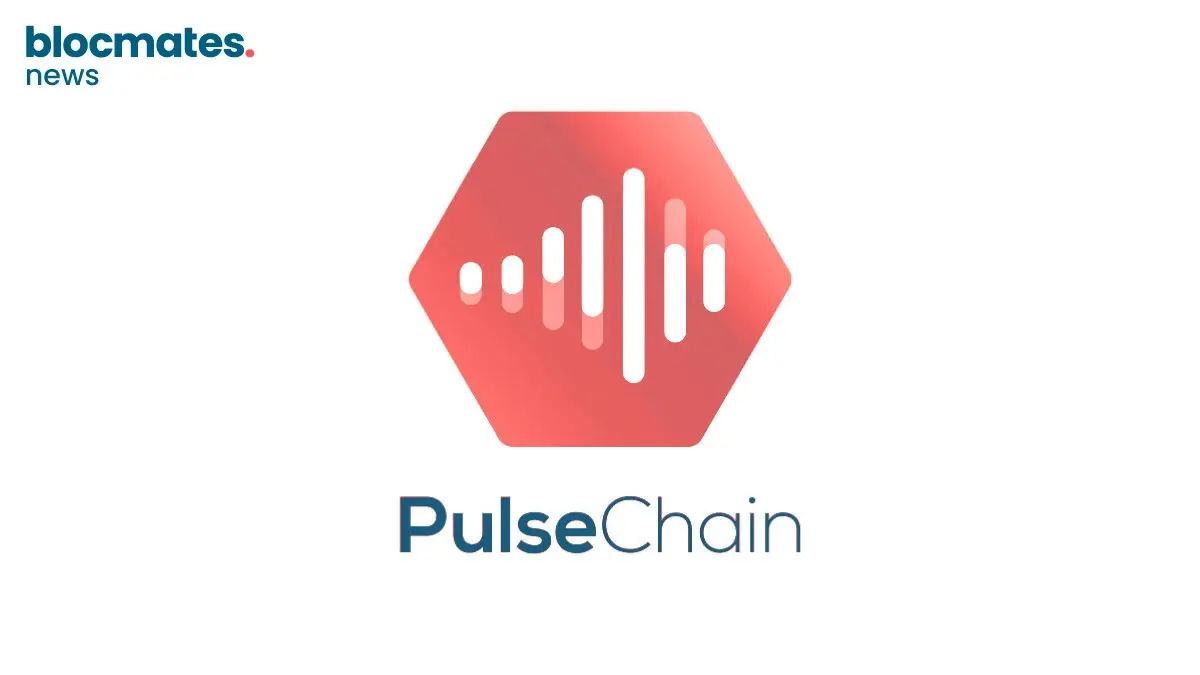
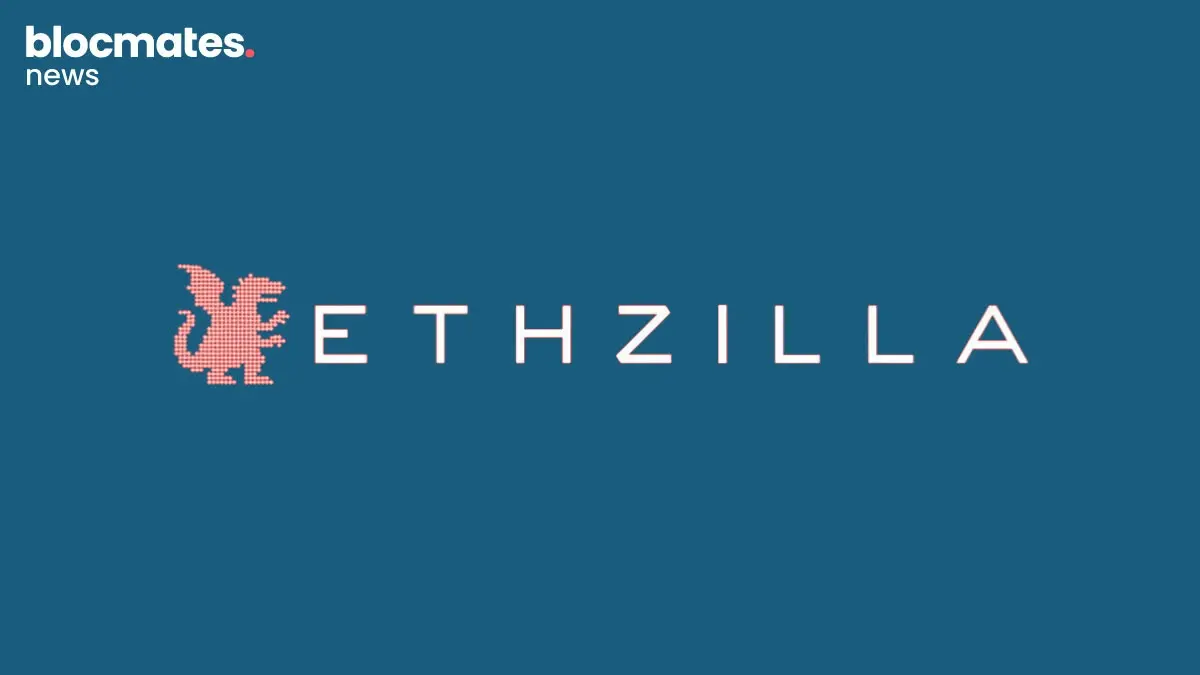
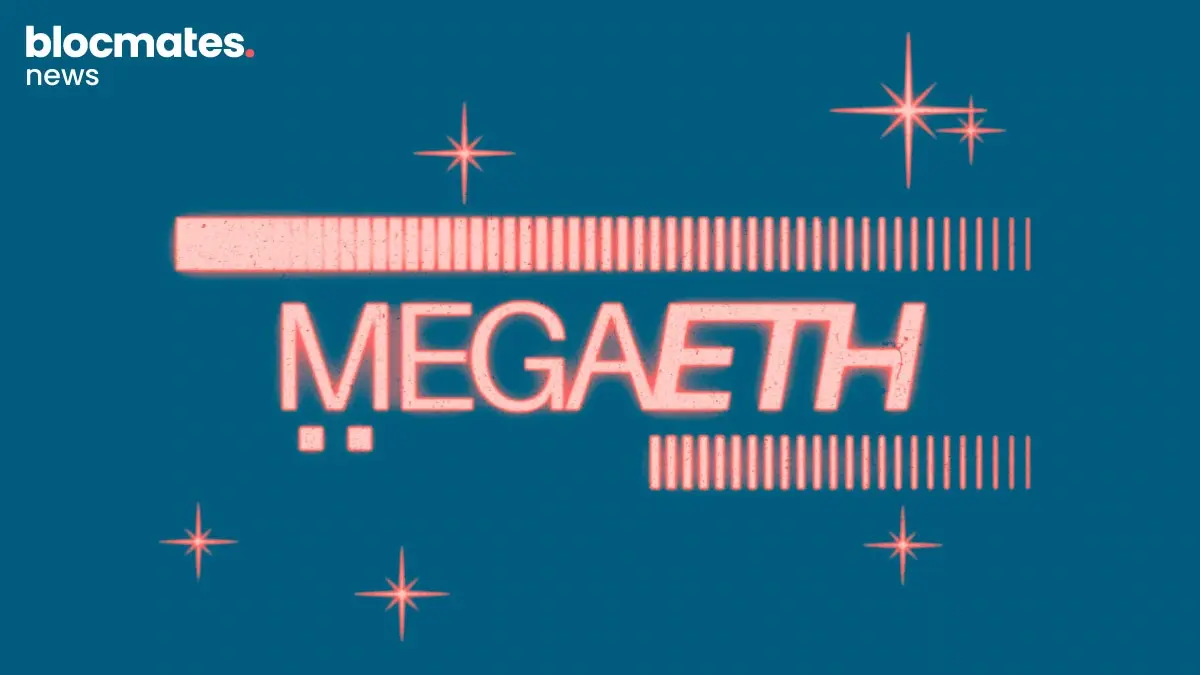

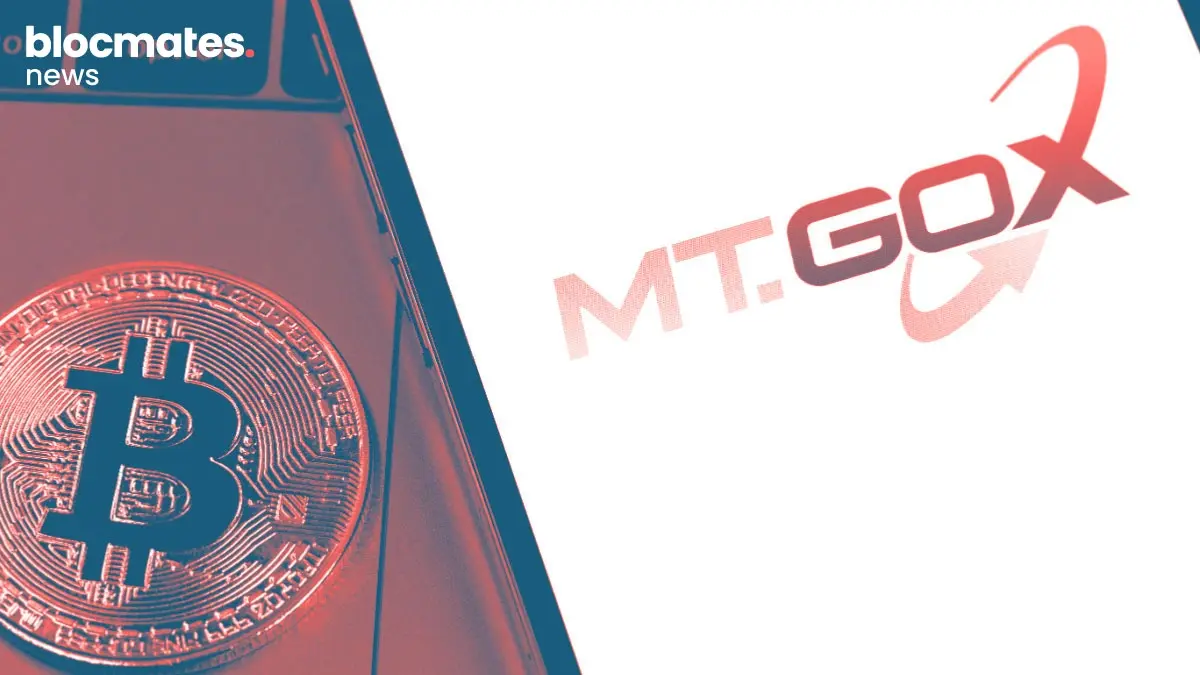




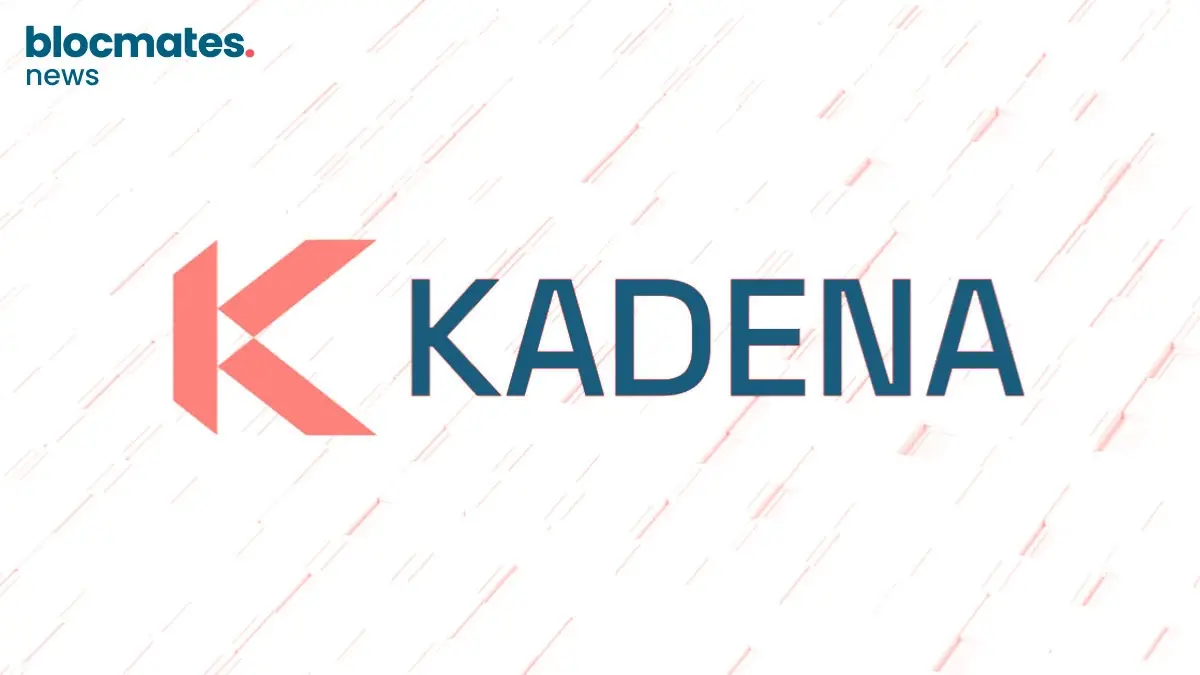

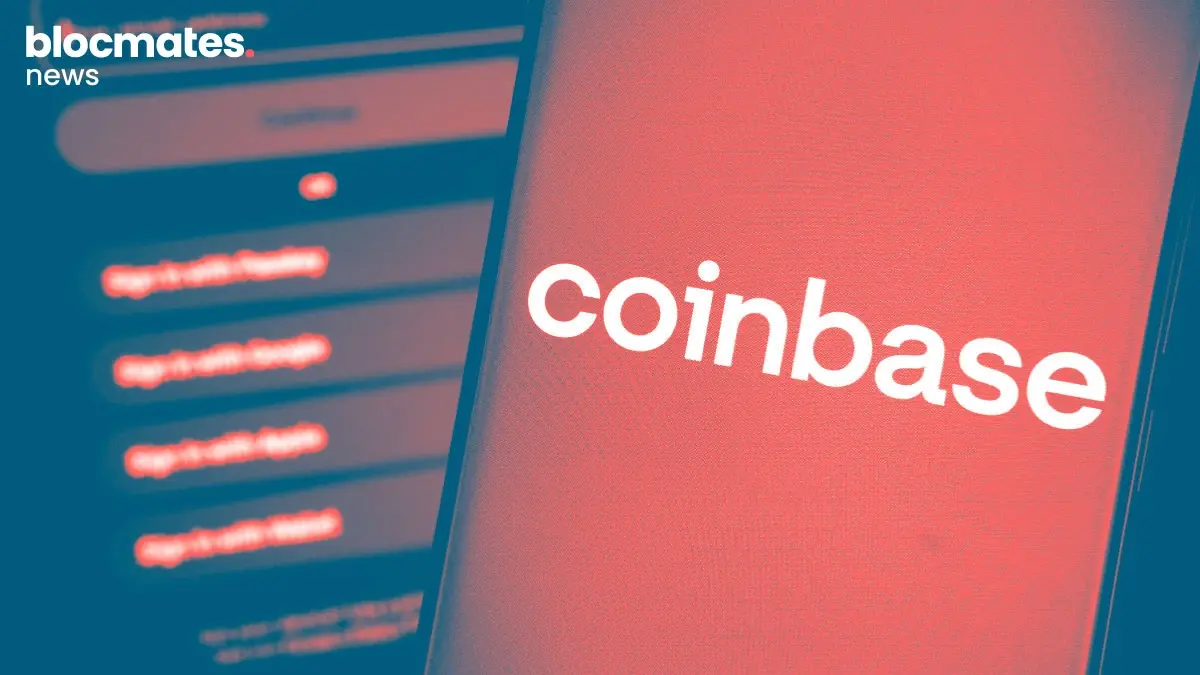
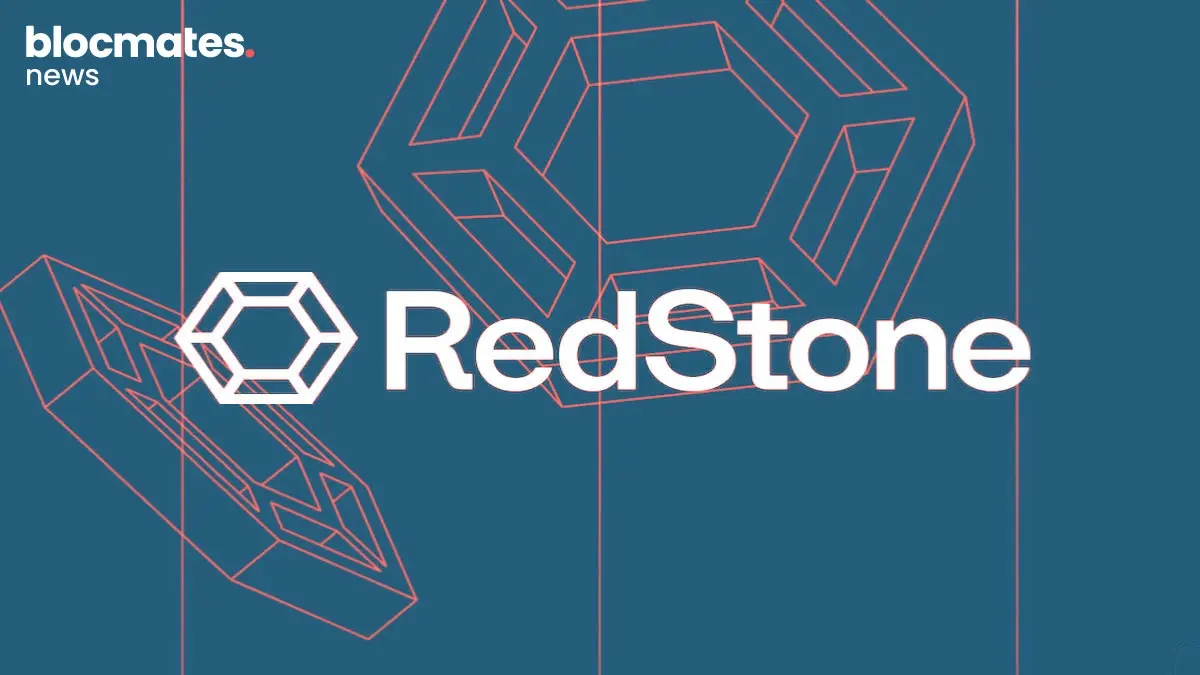
.webp)

.webp)
.webp)

.webp)

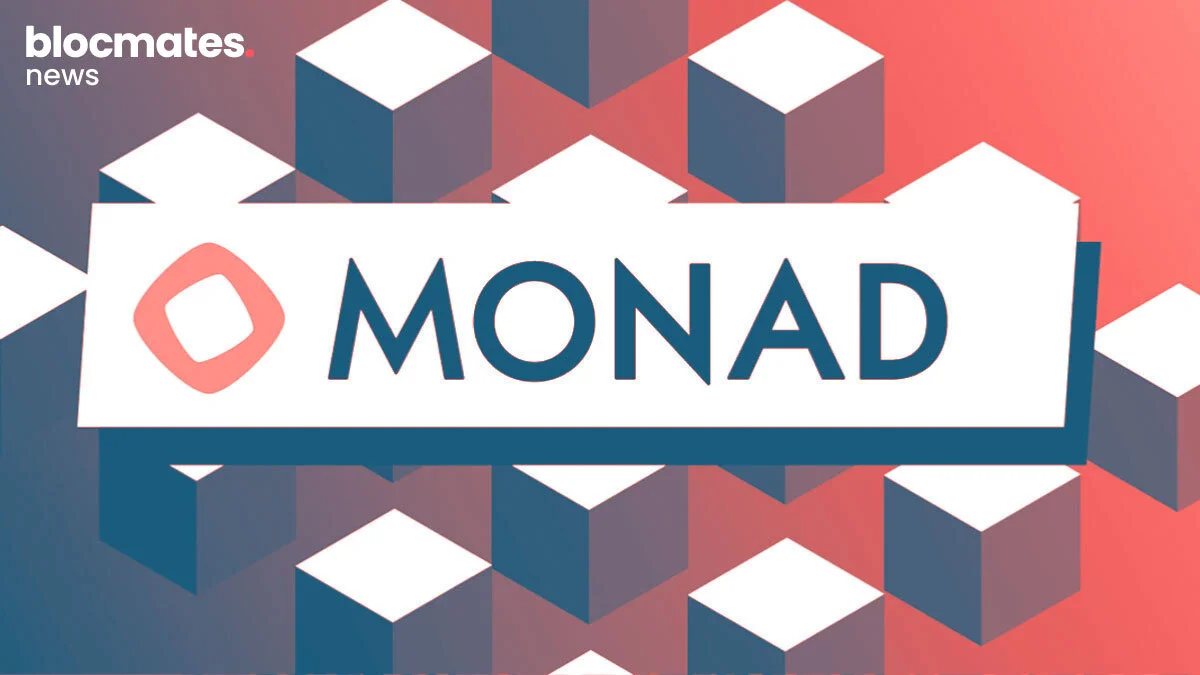

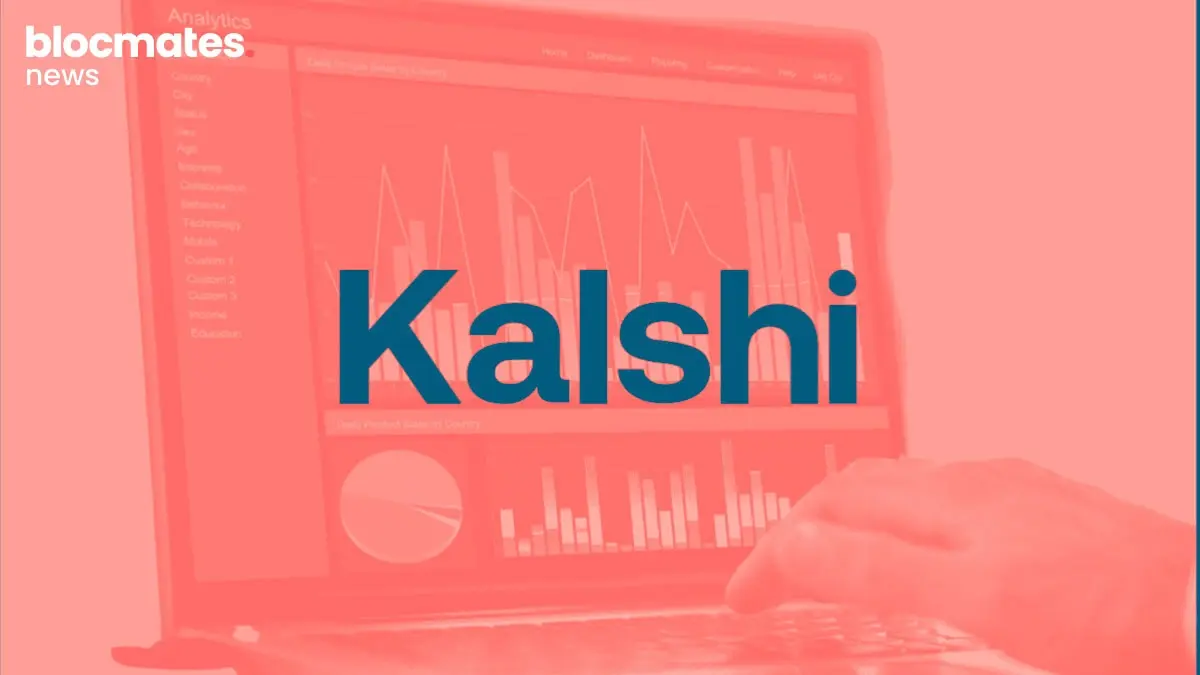
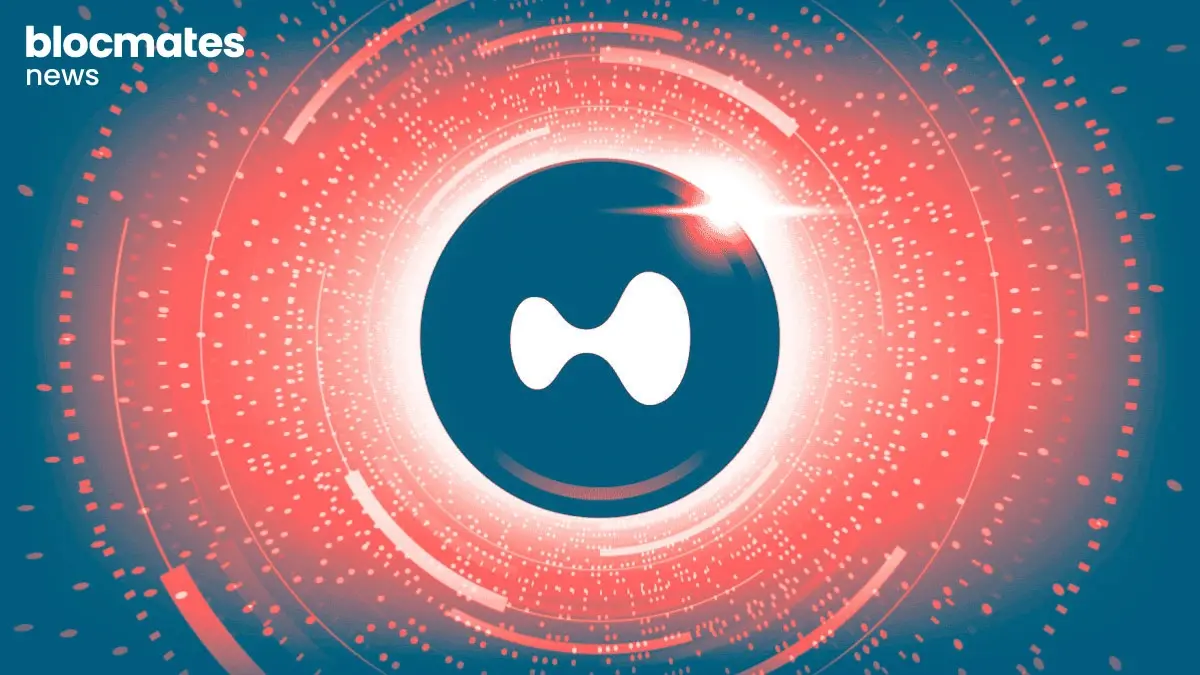



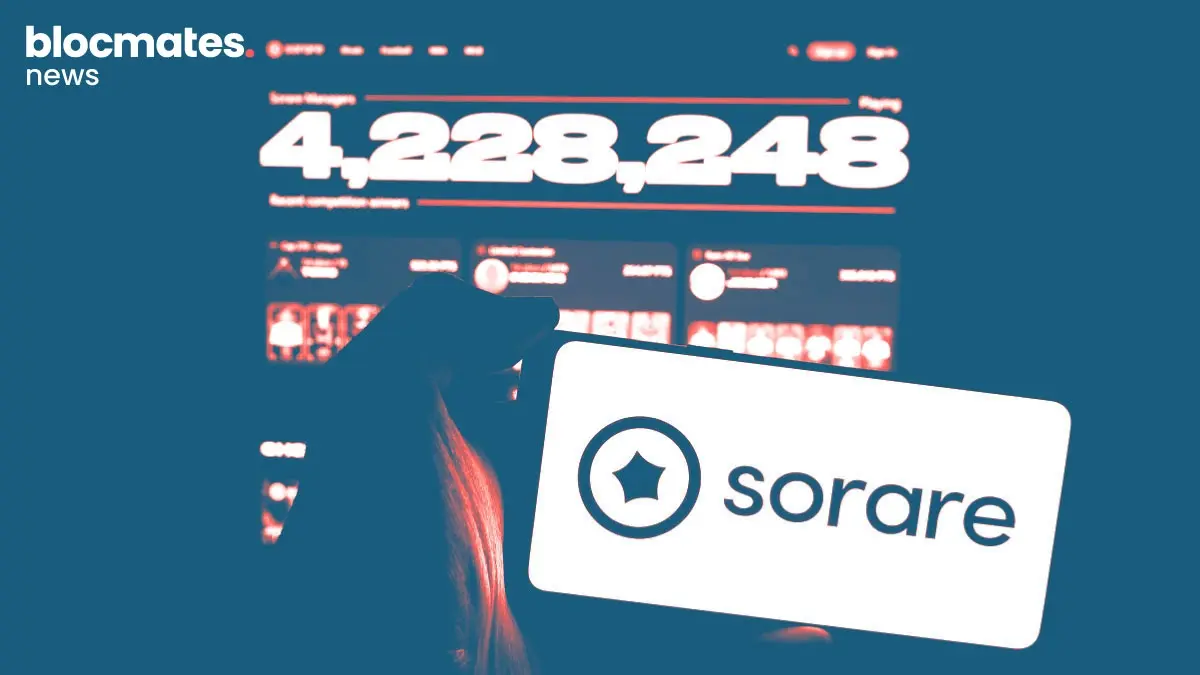







.webp)

.webp)

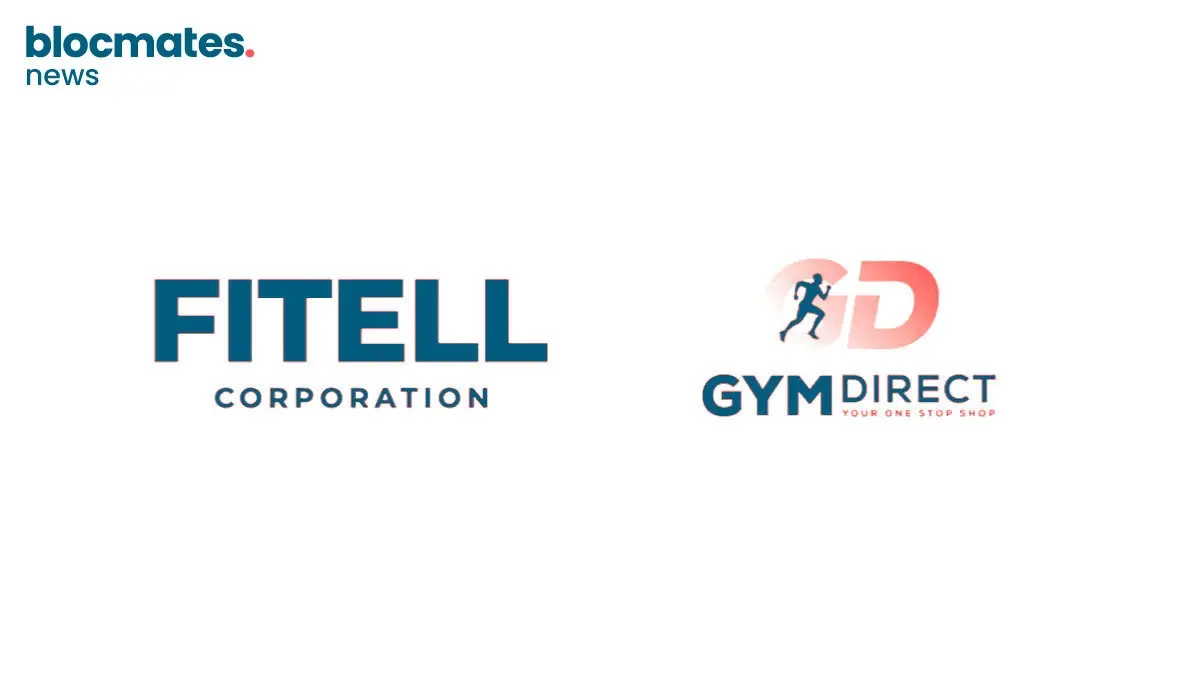
.webp)



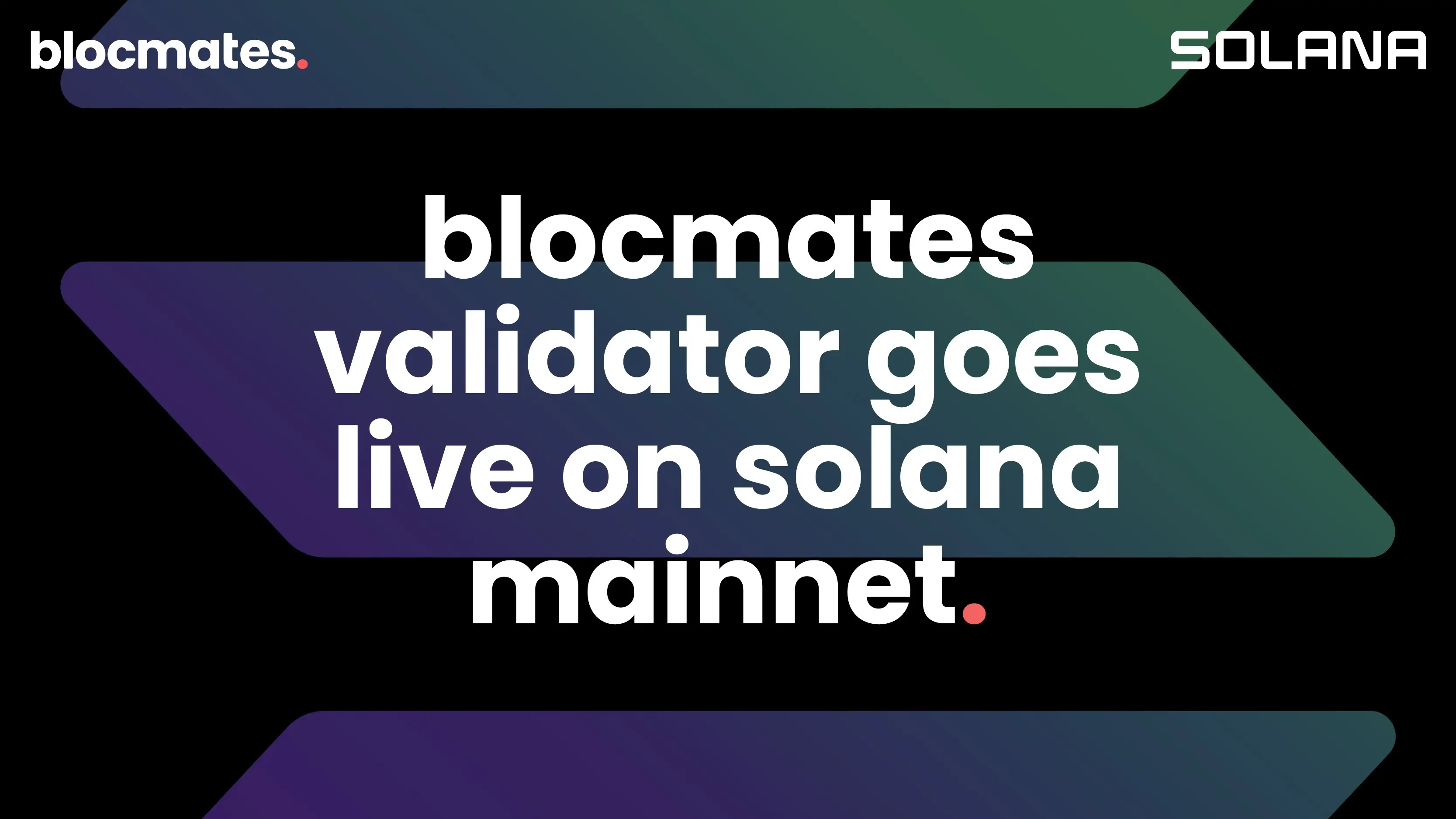




.webp)





.webp)


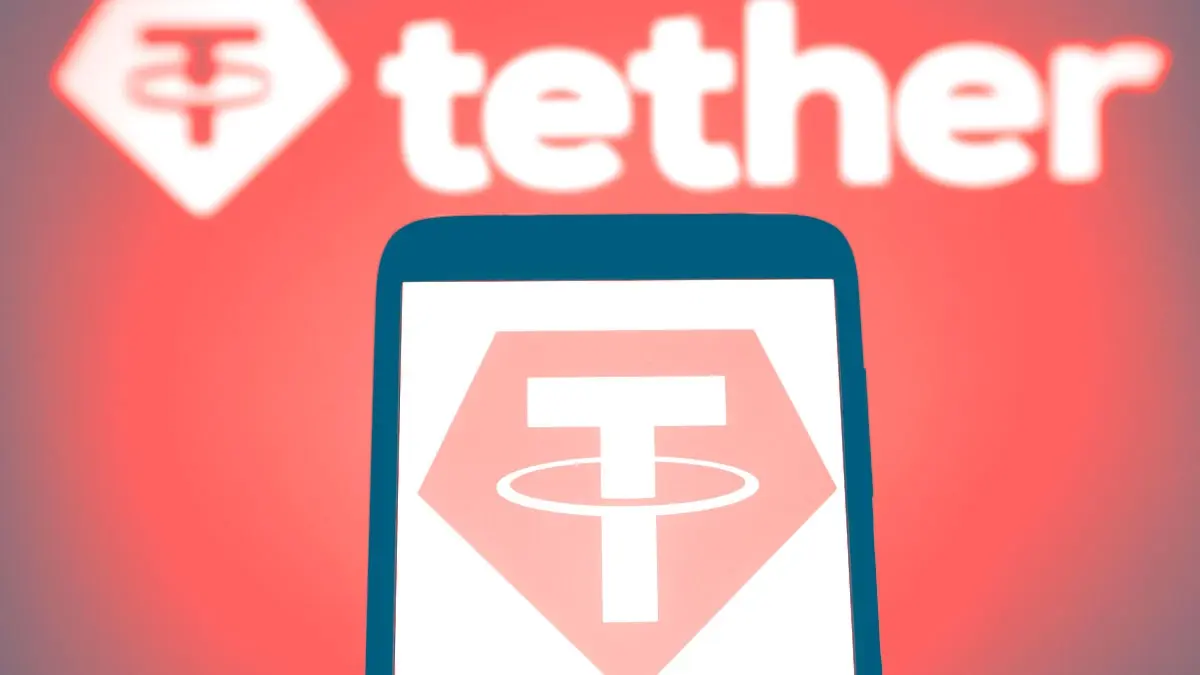

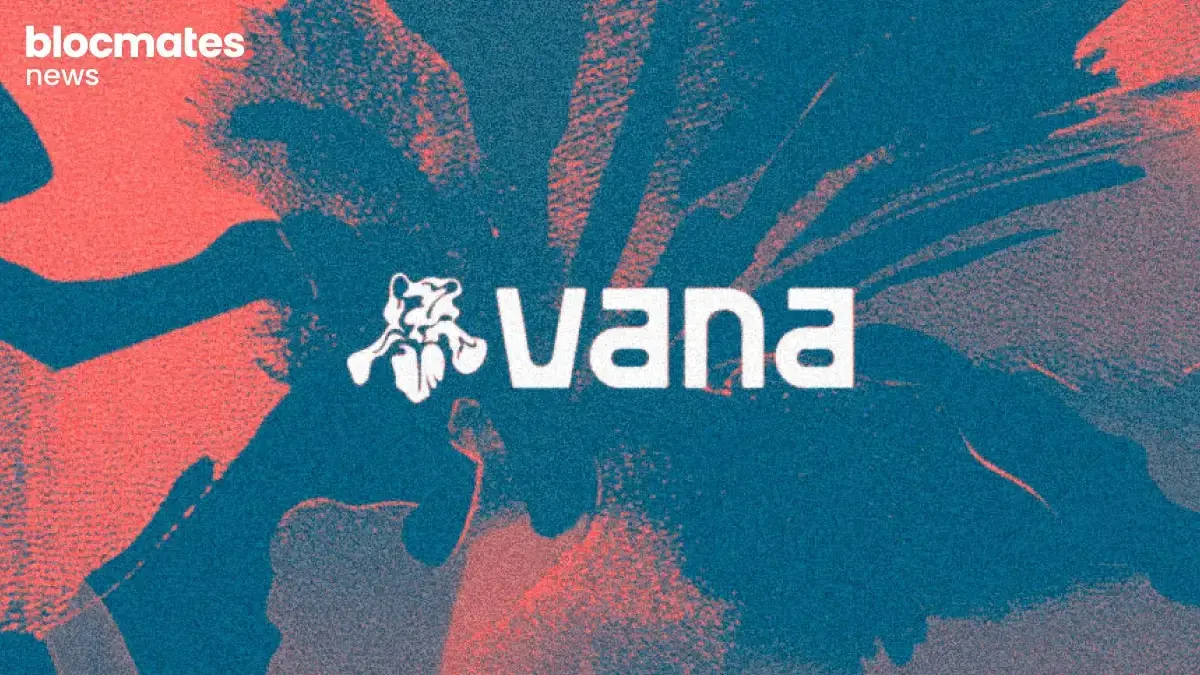







.webp)





